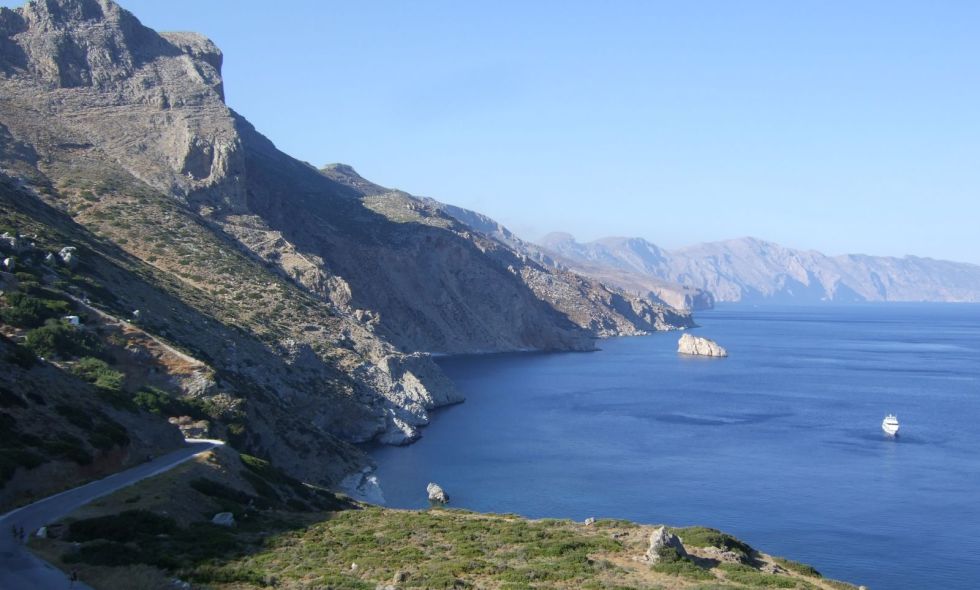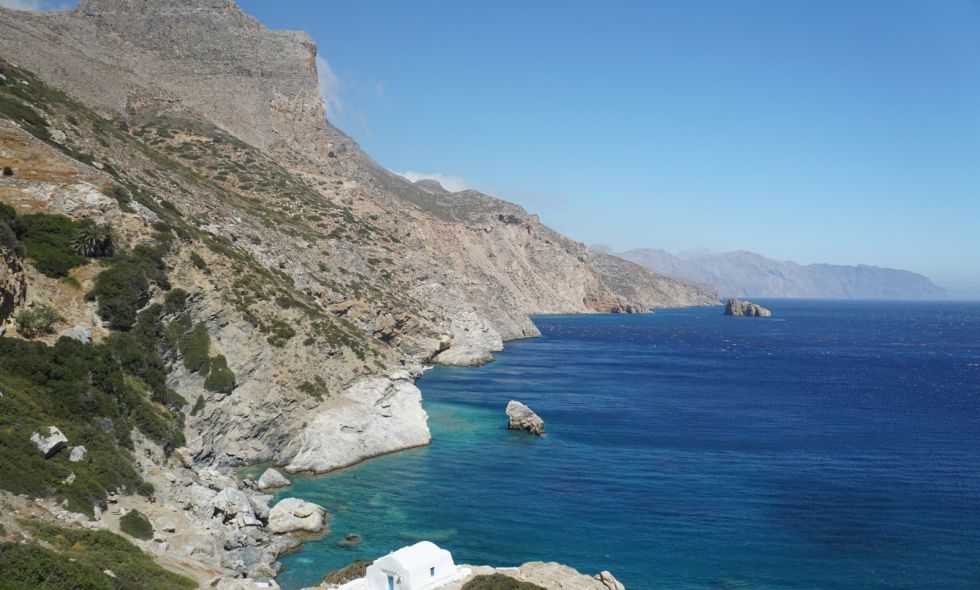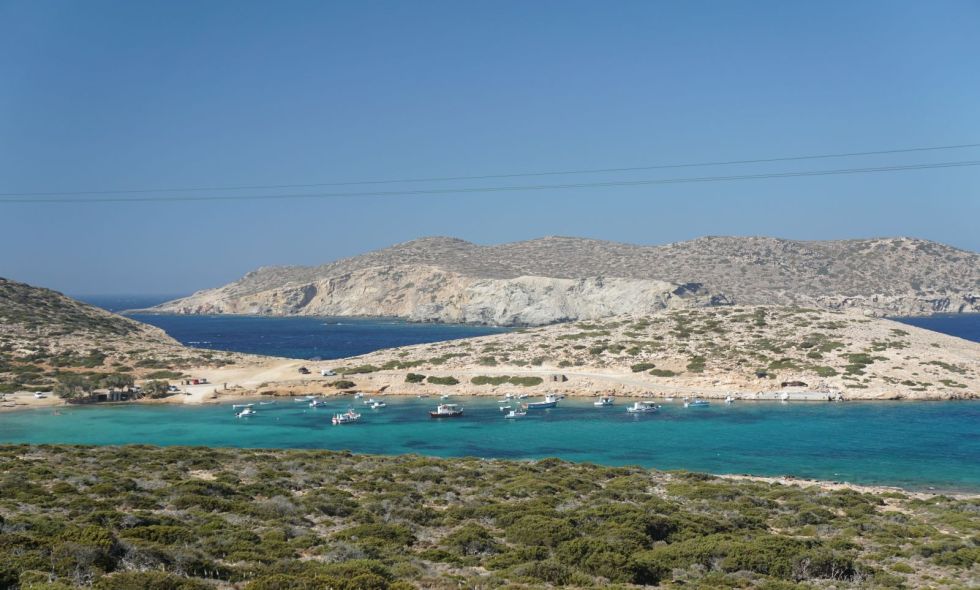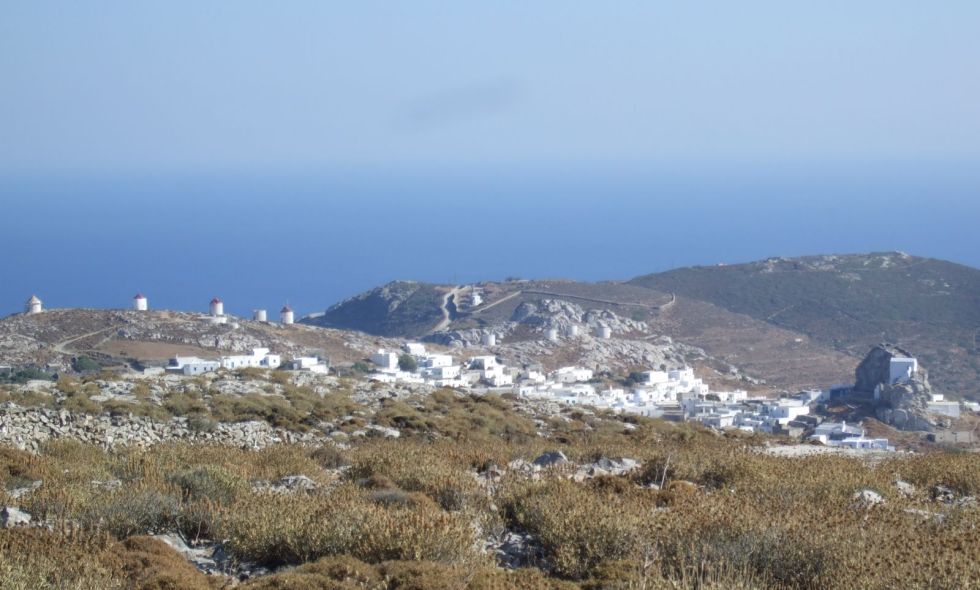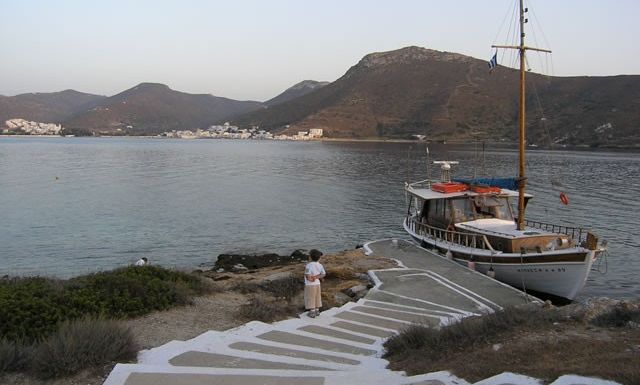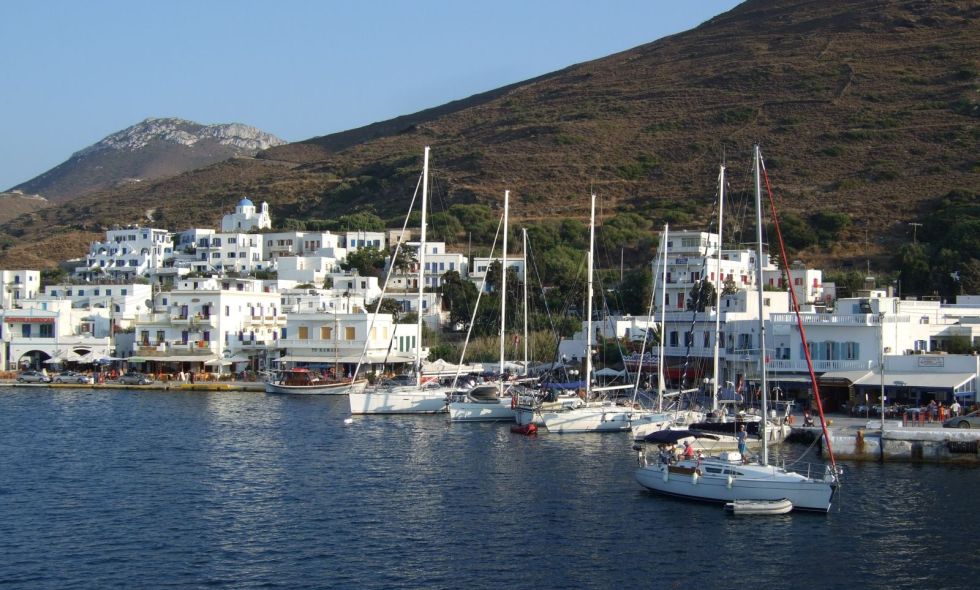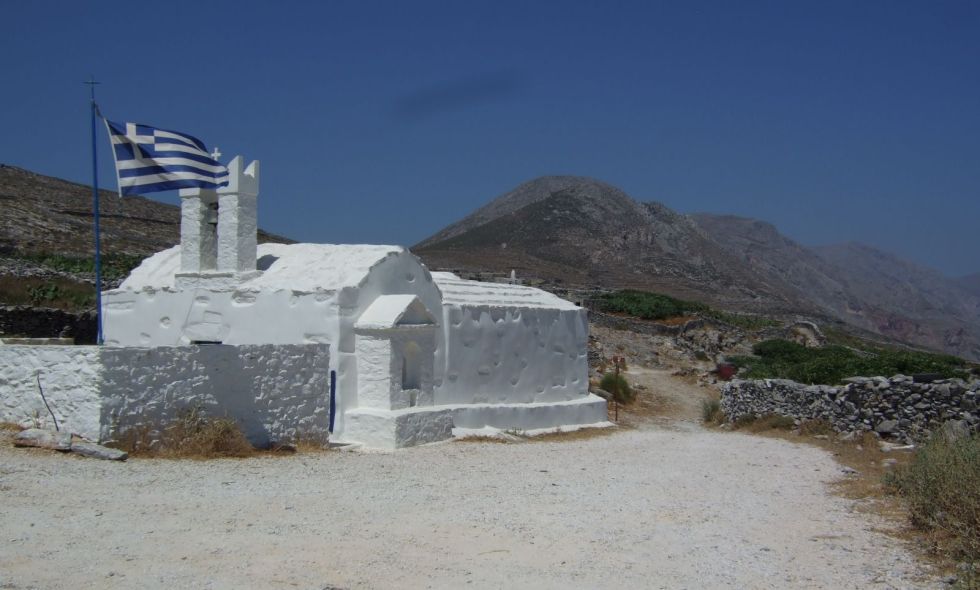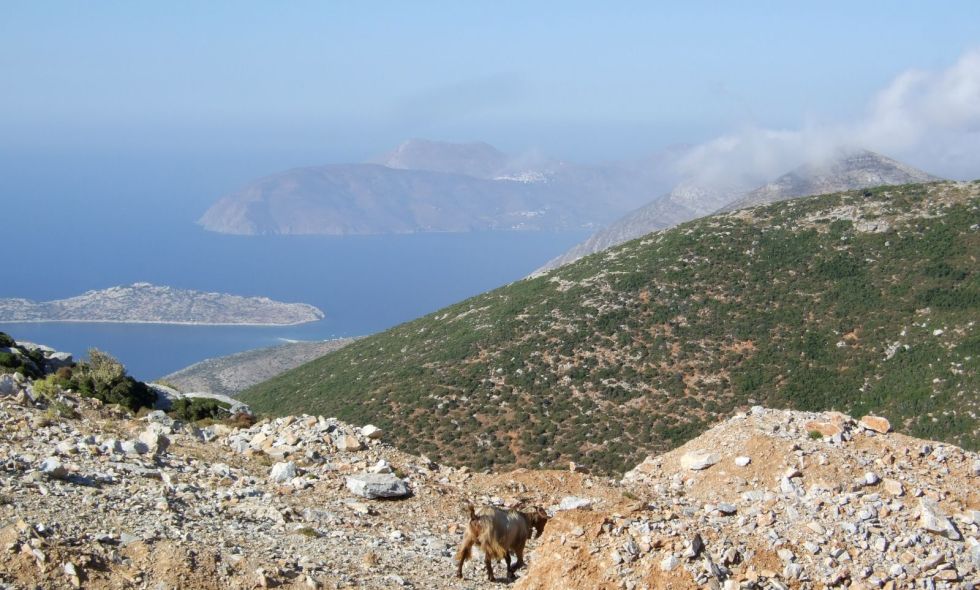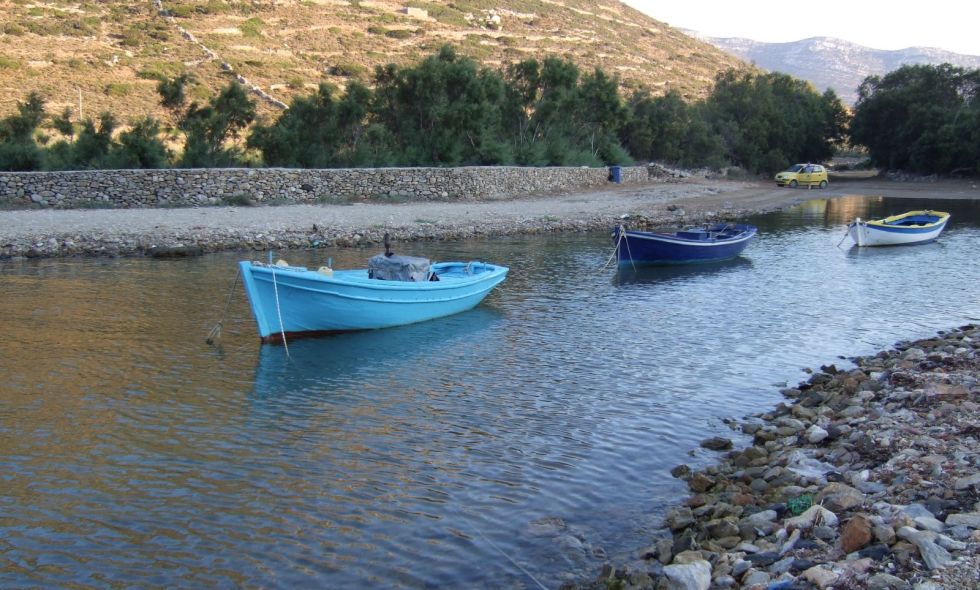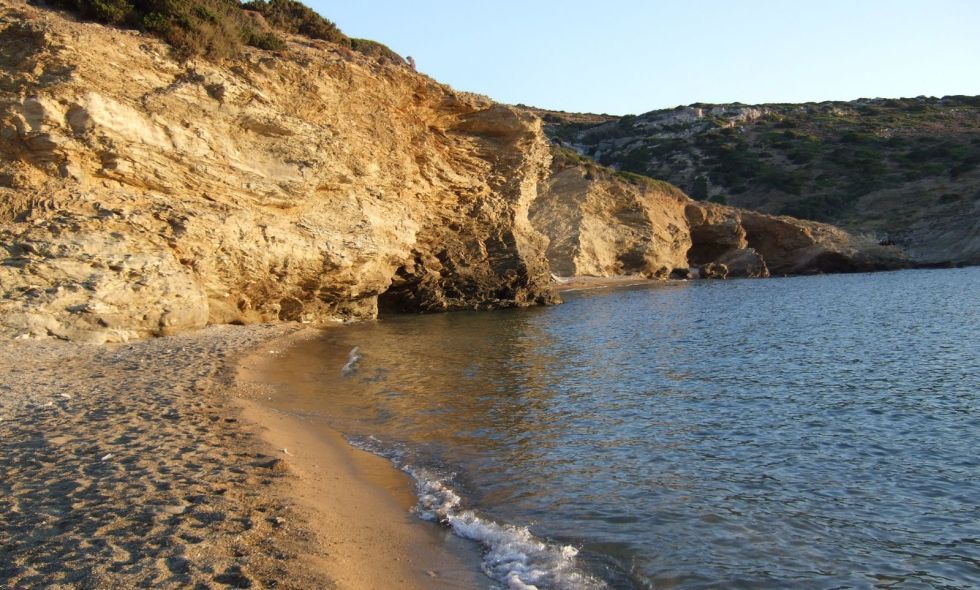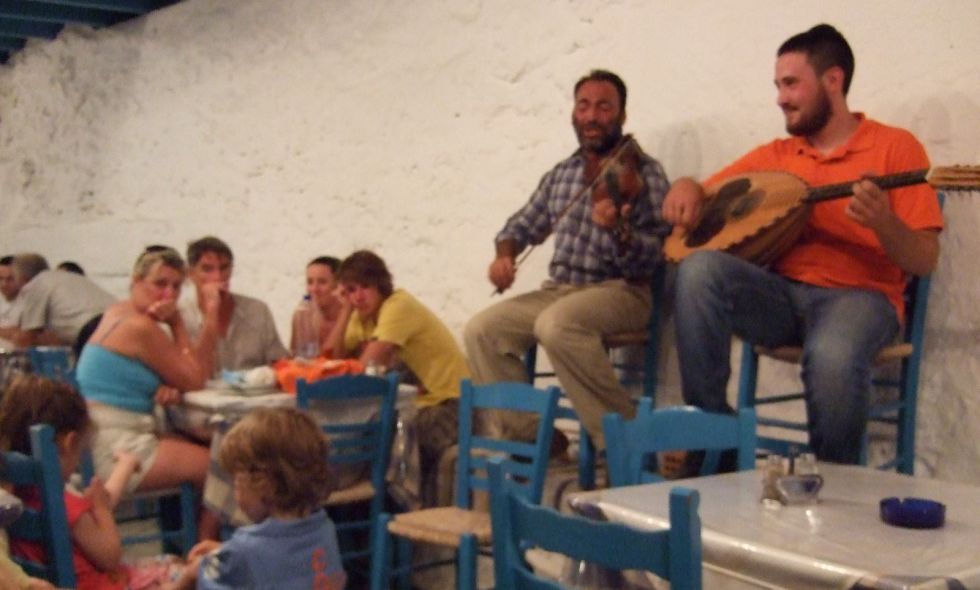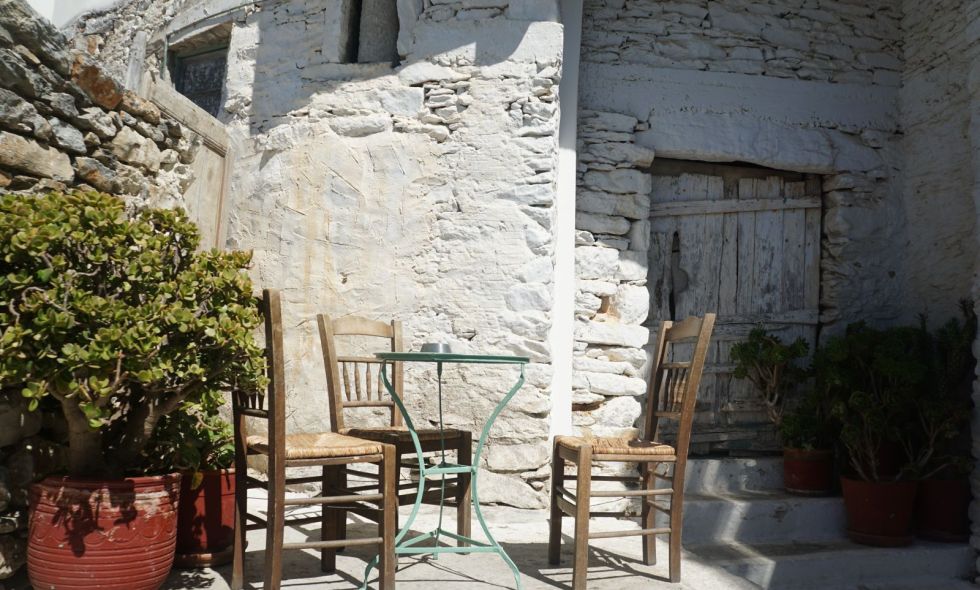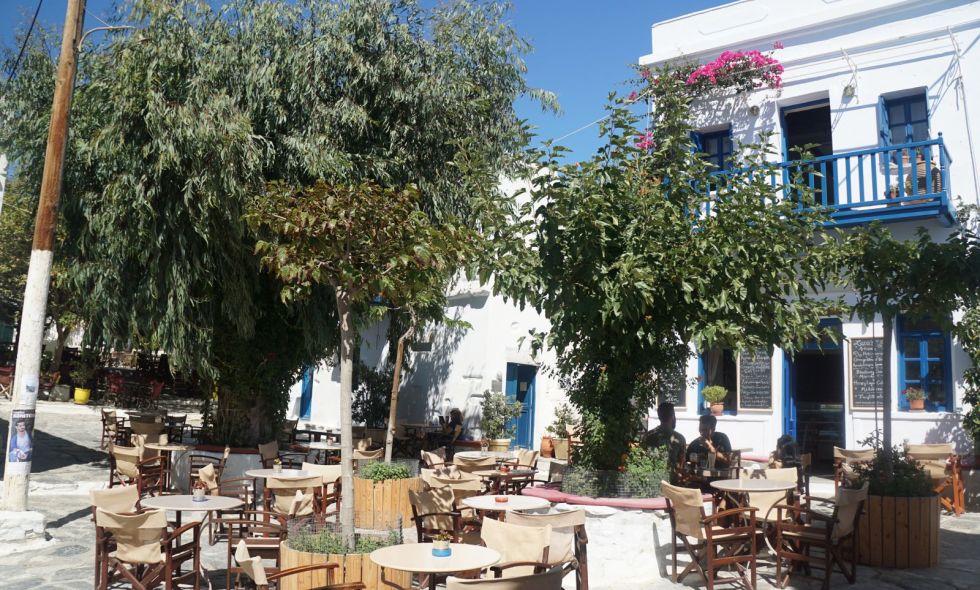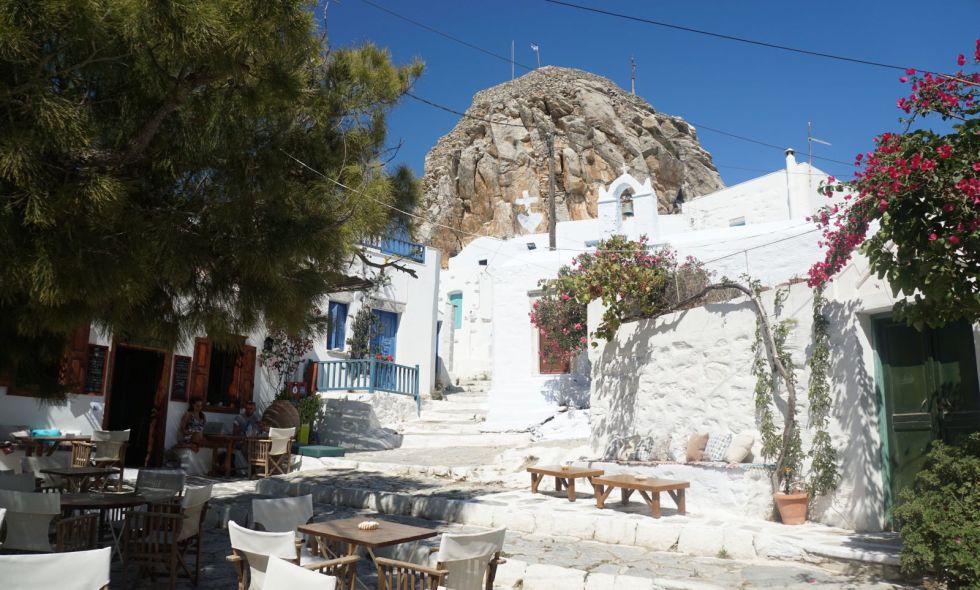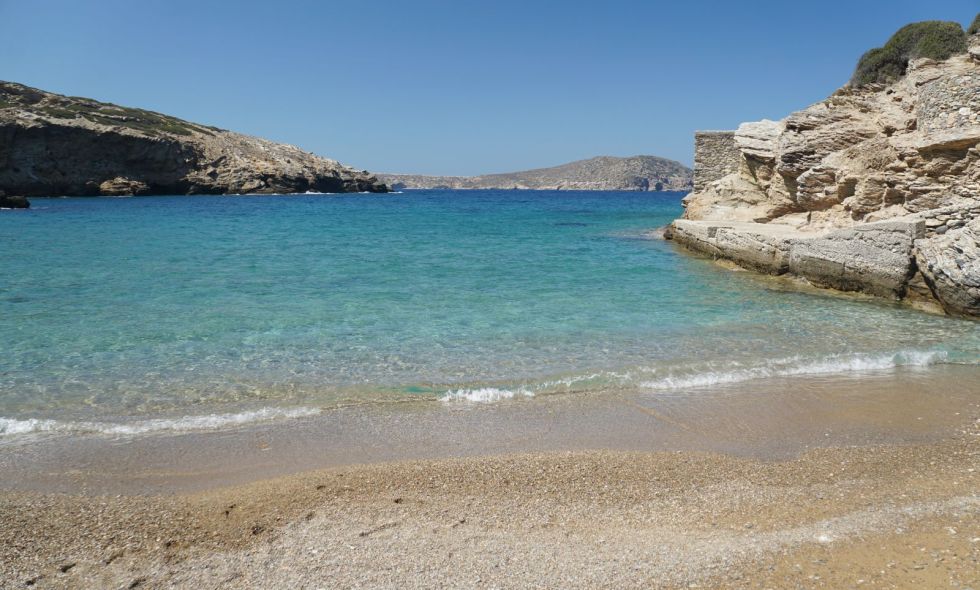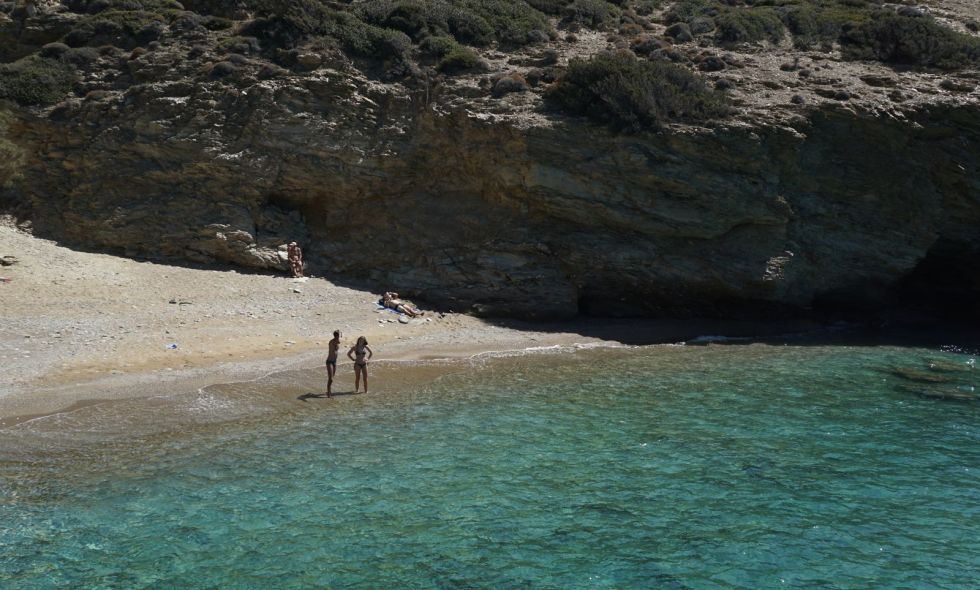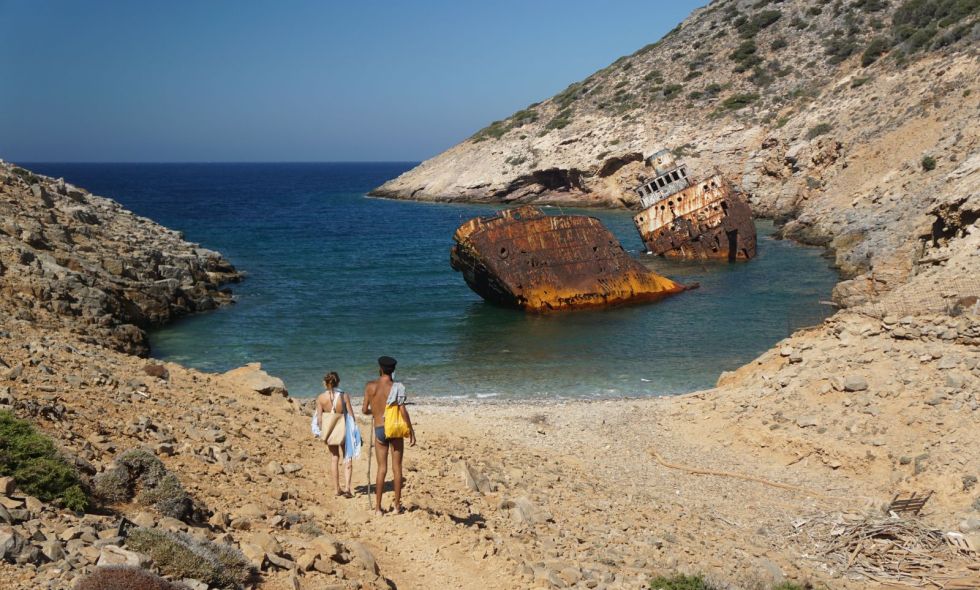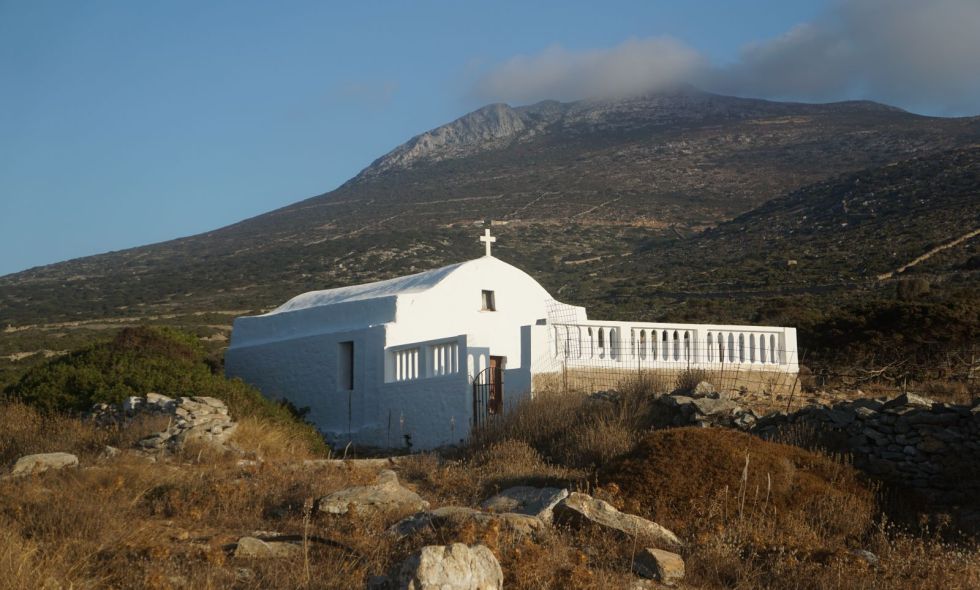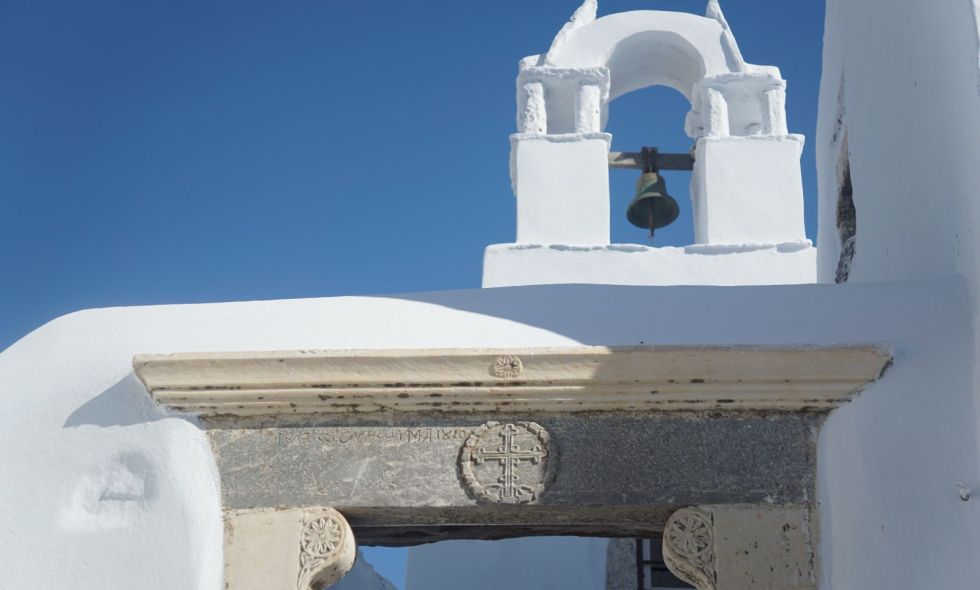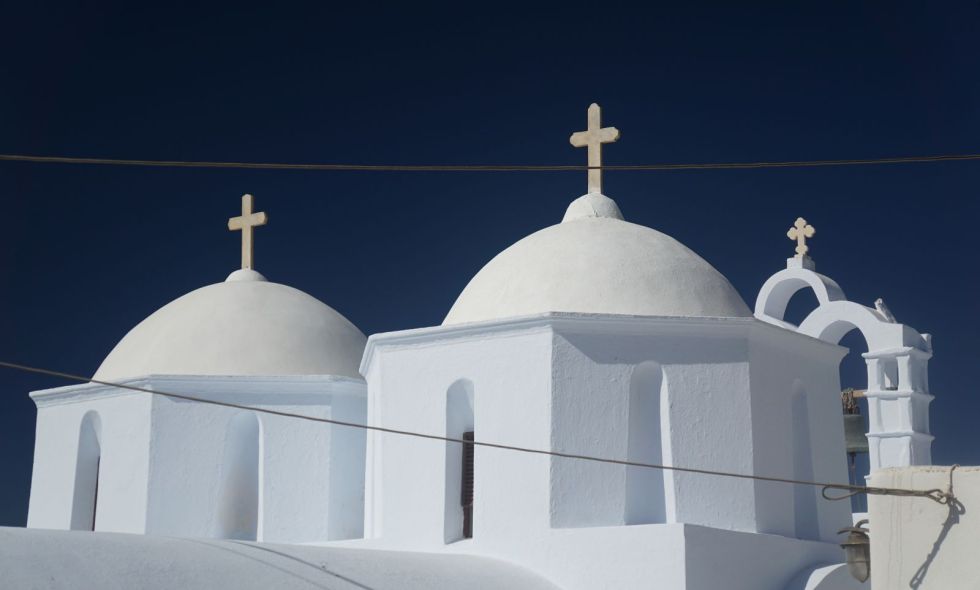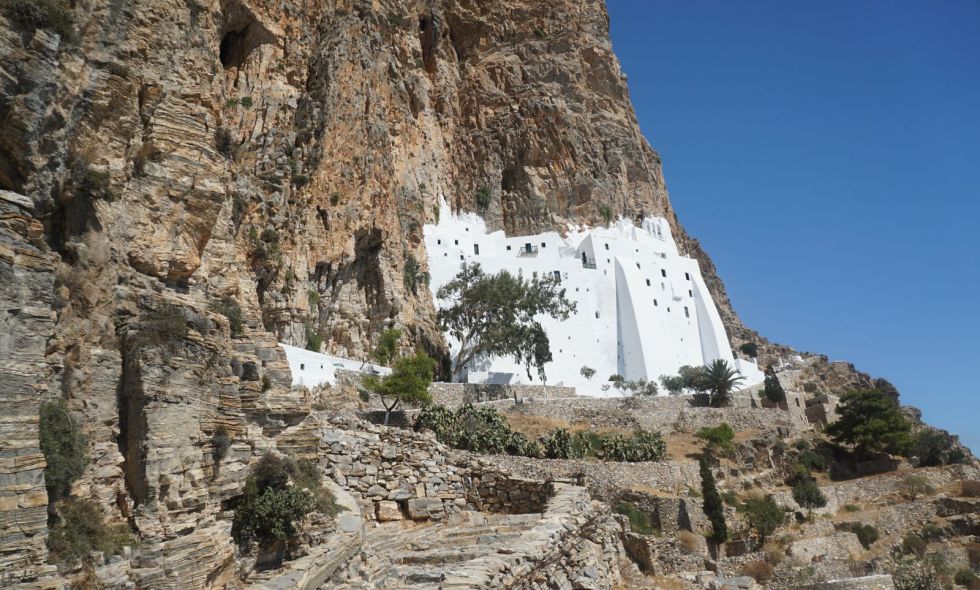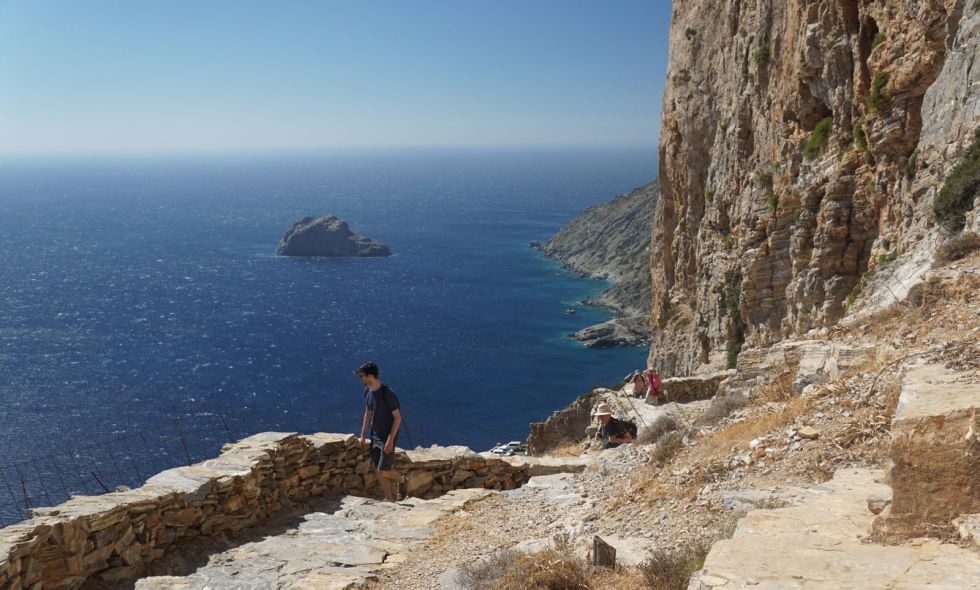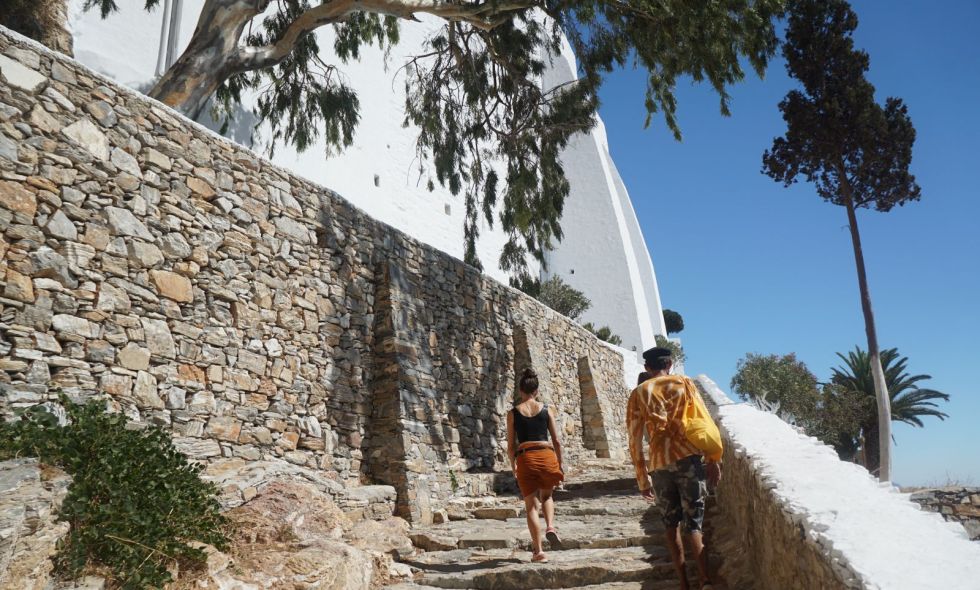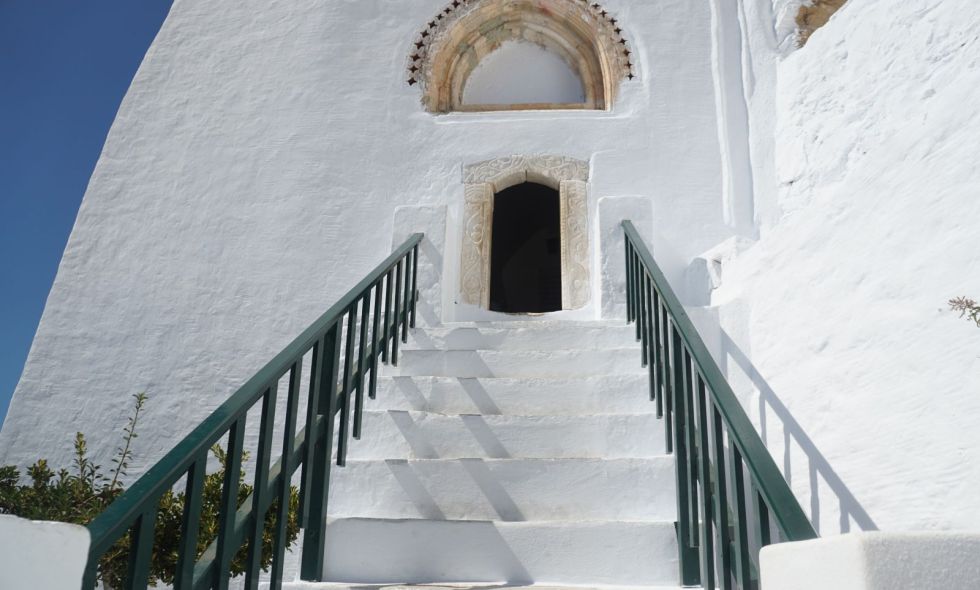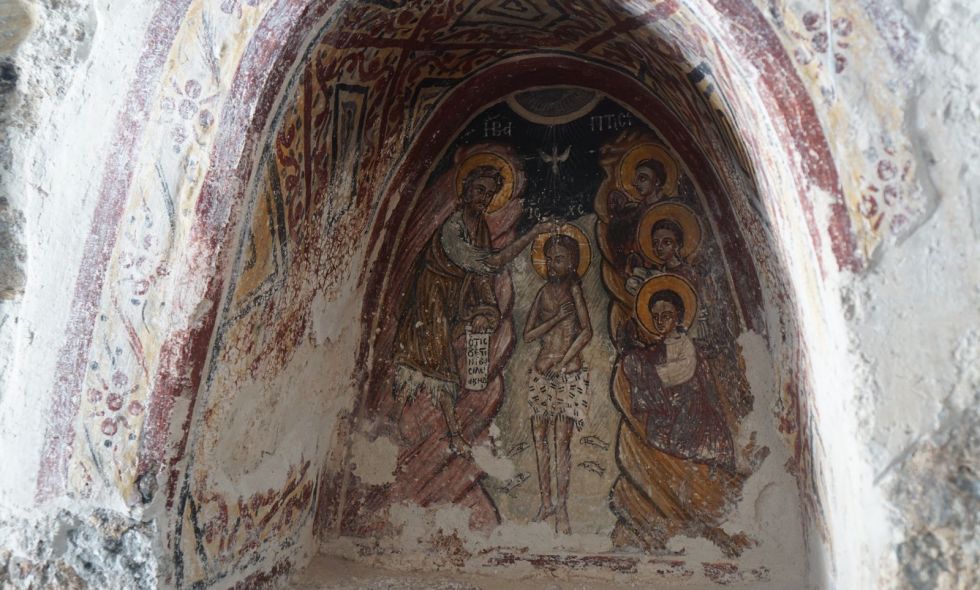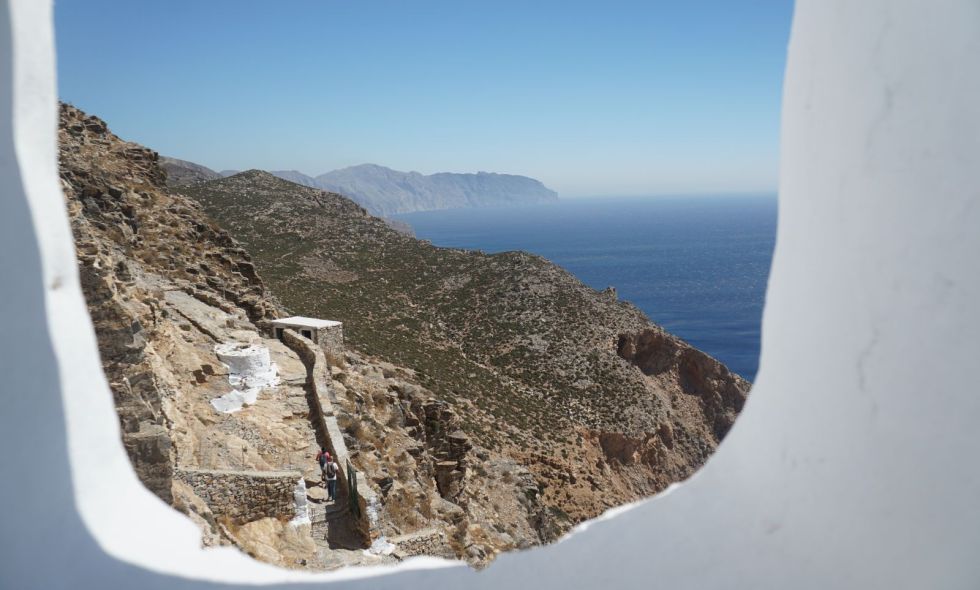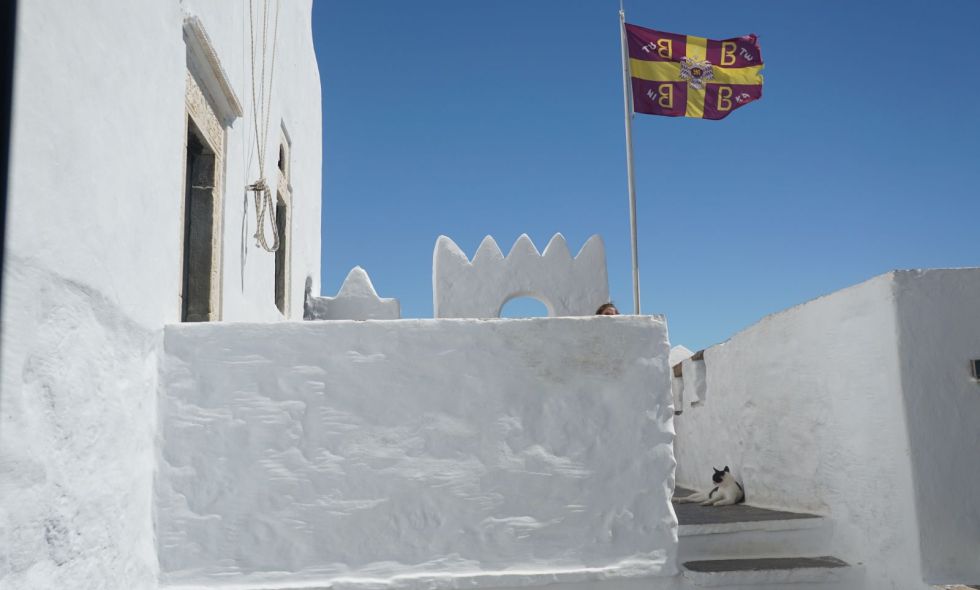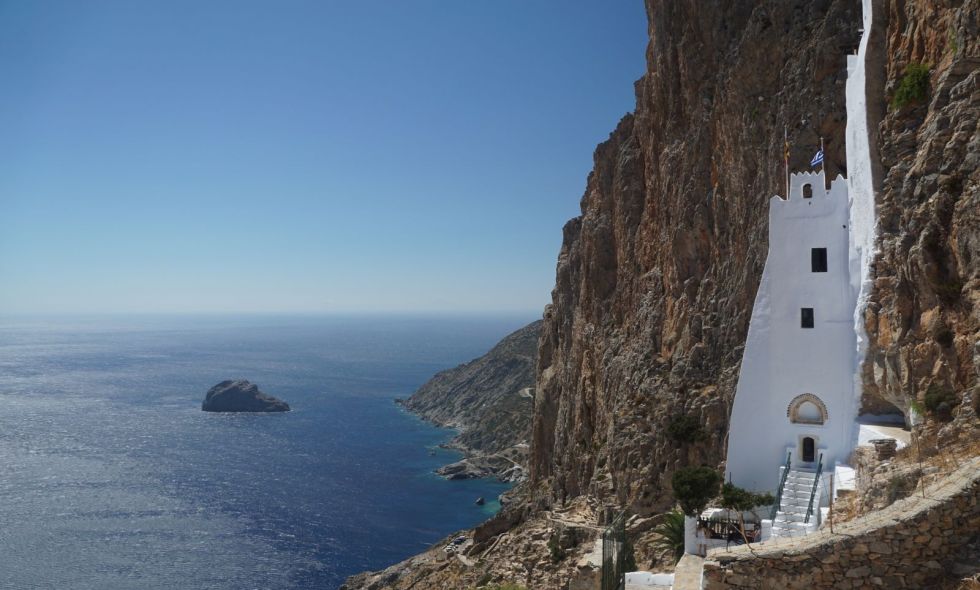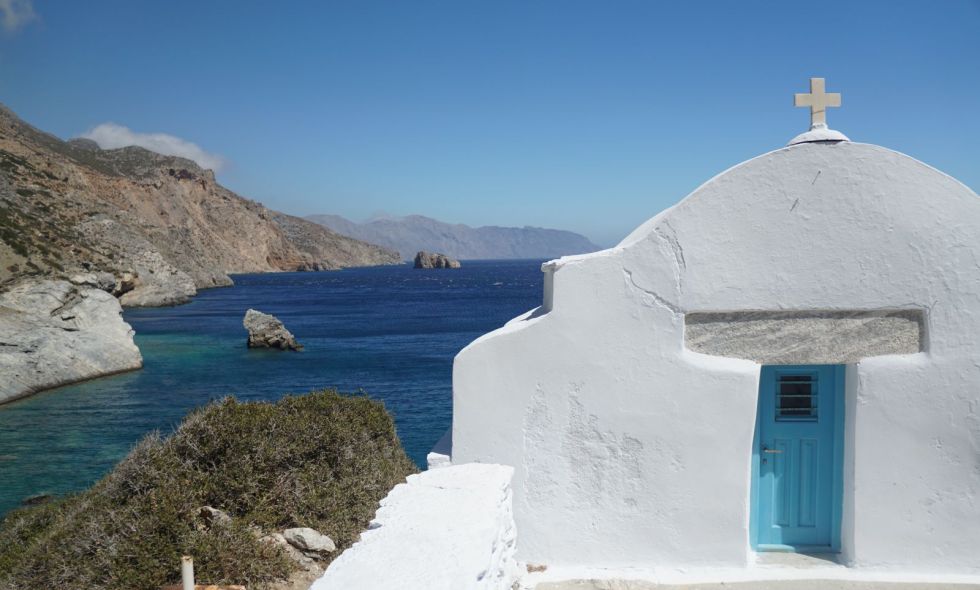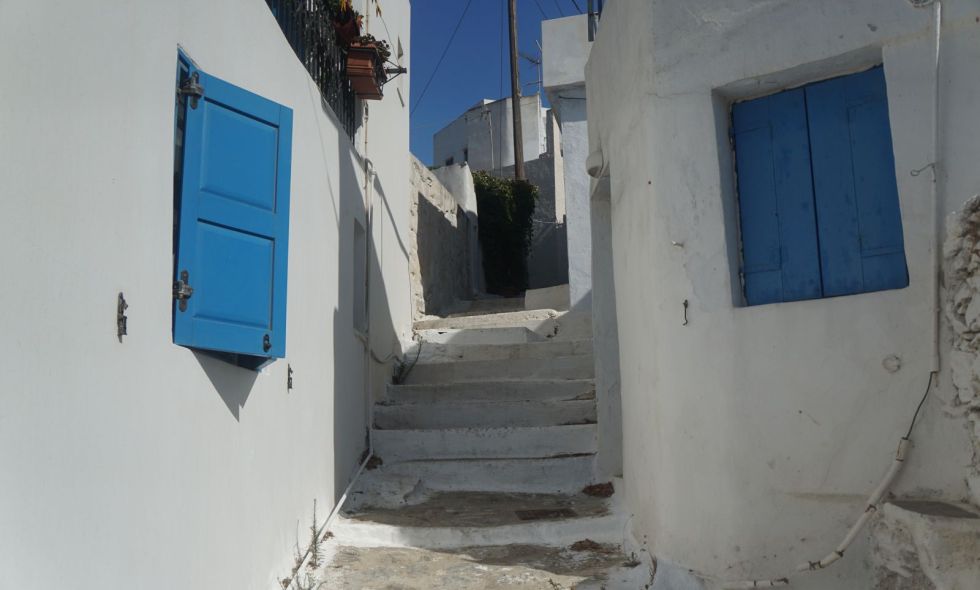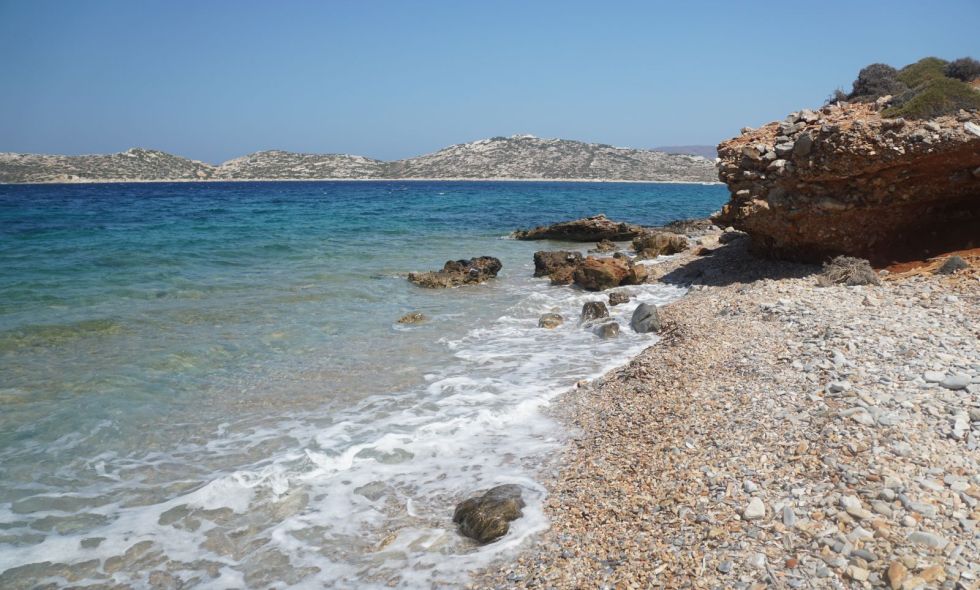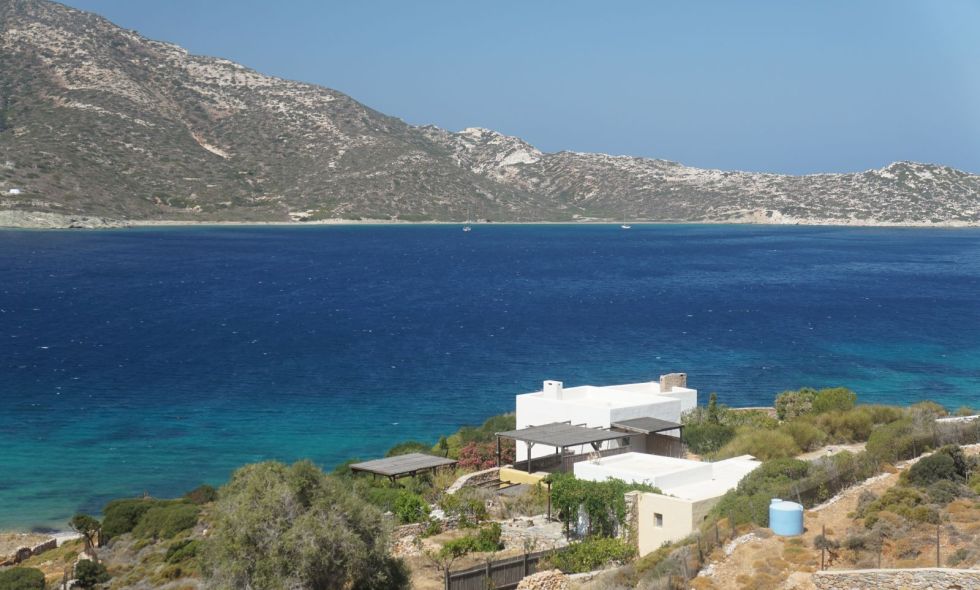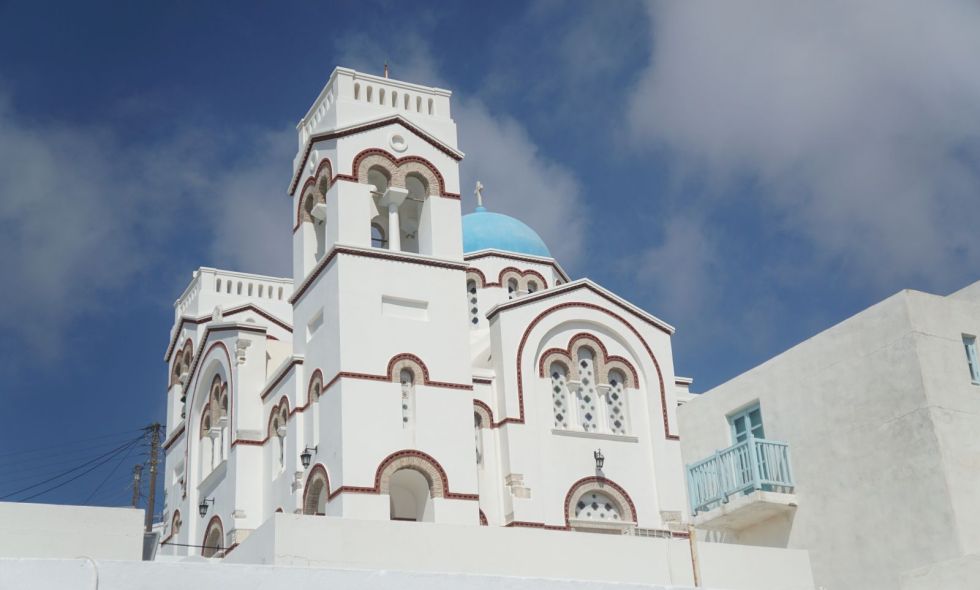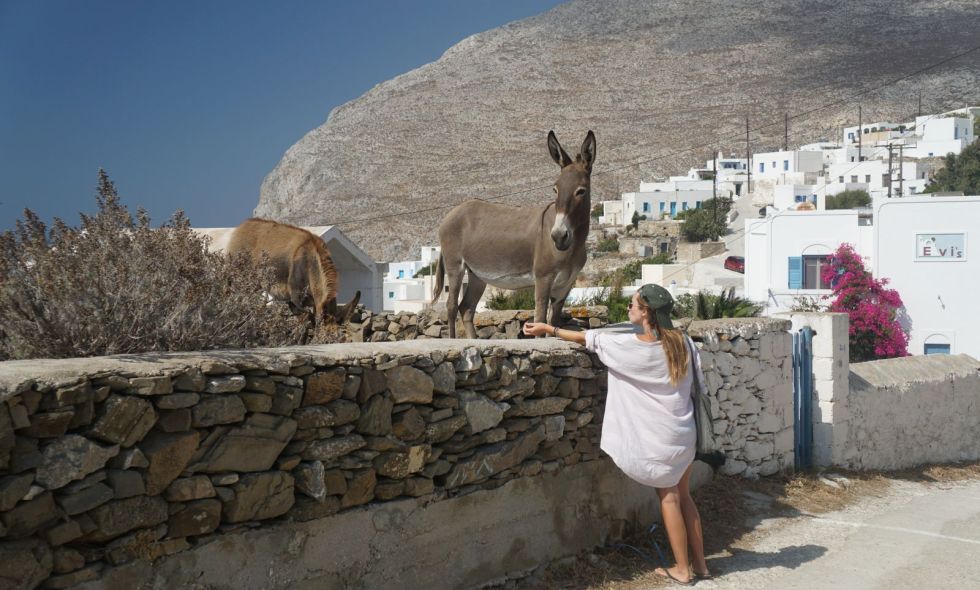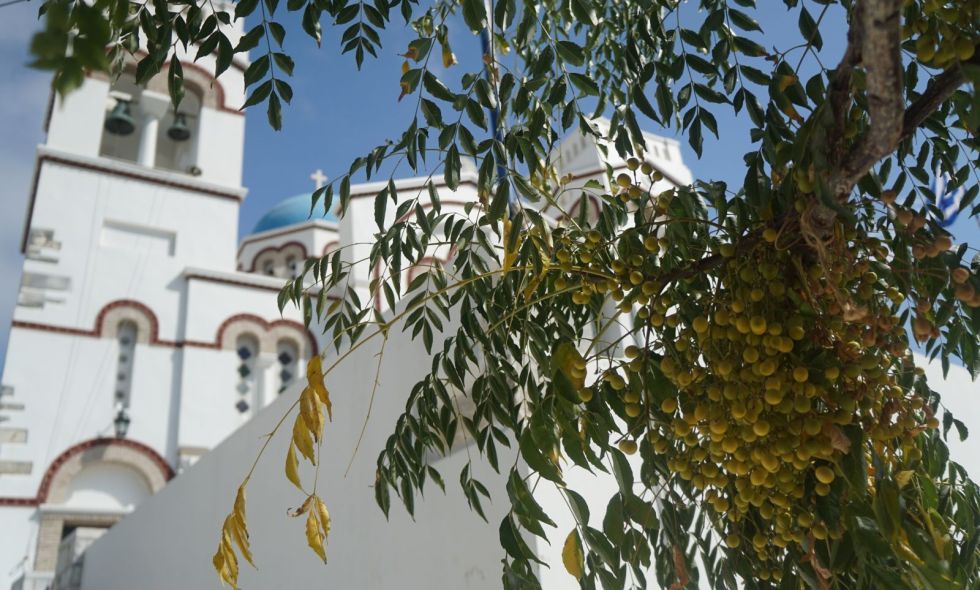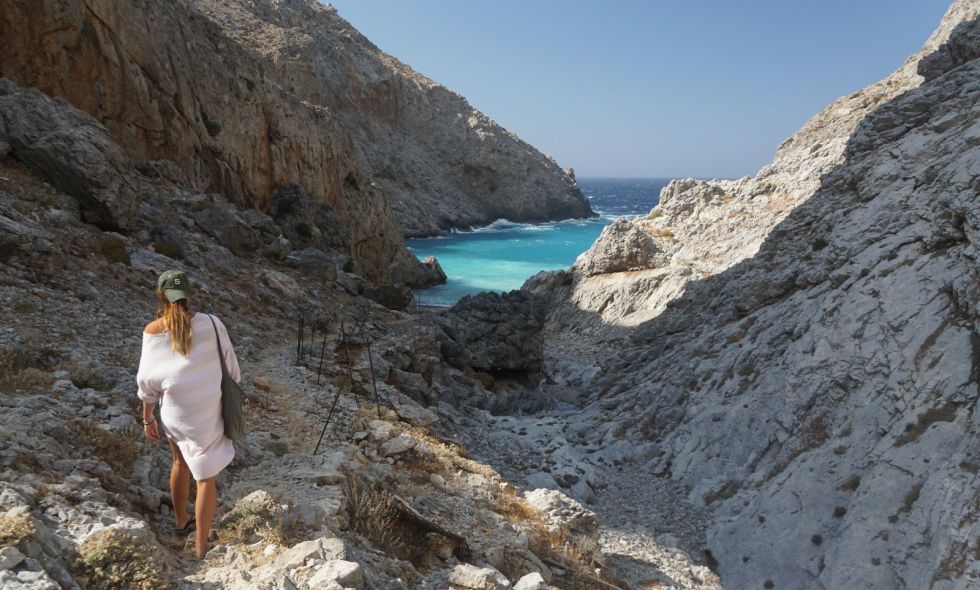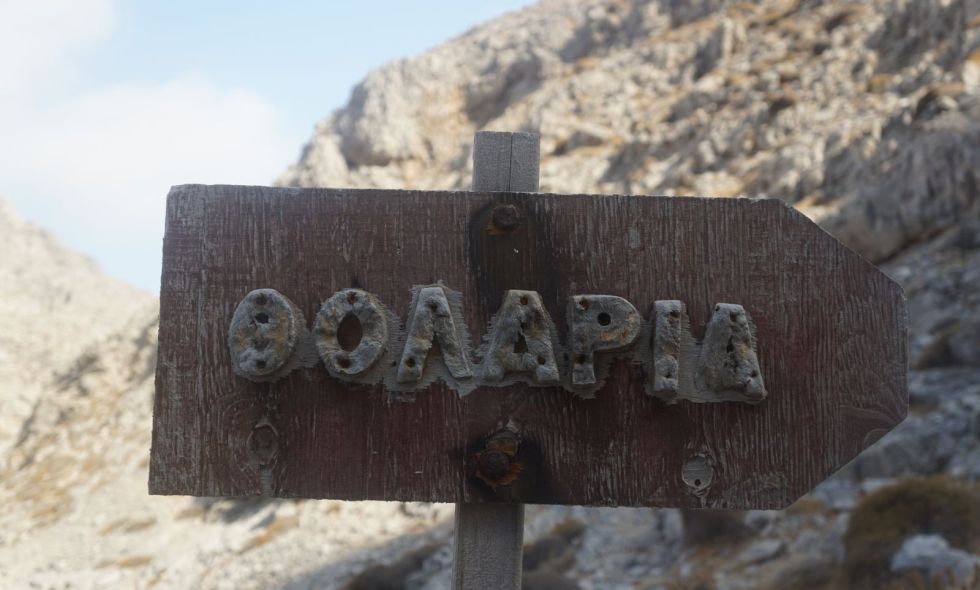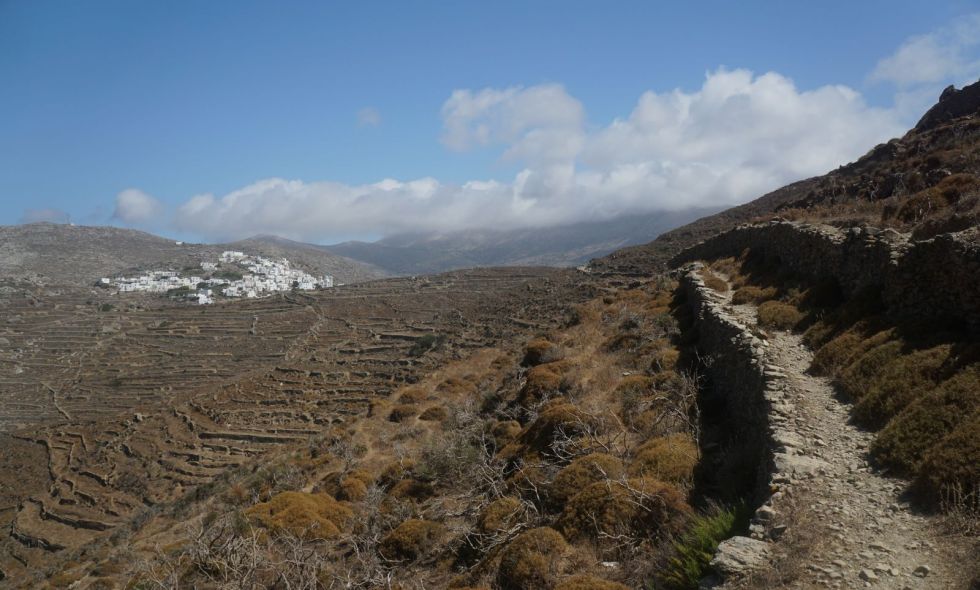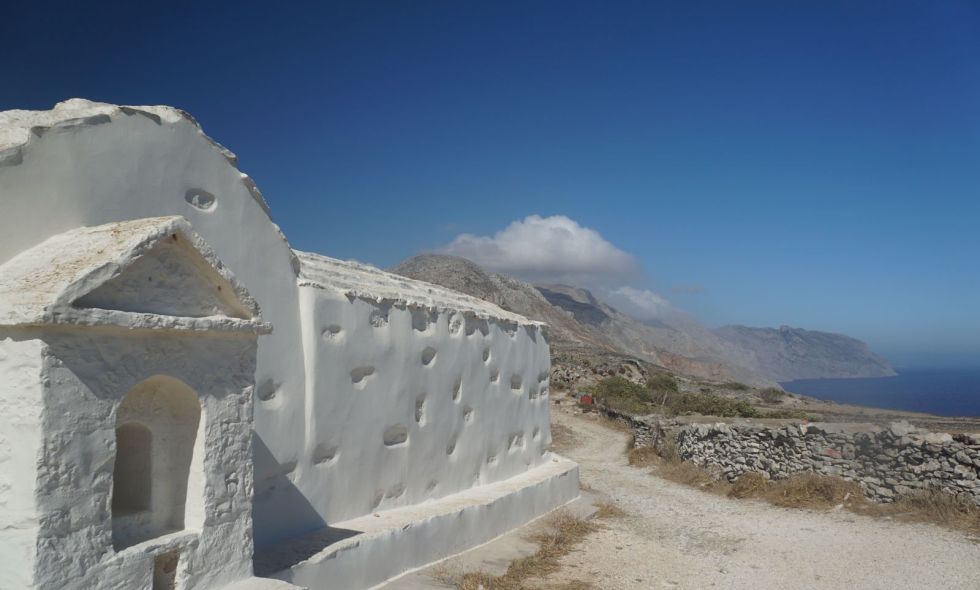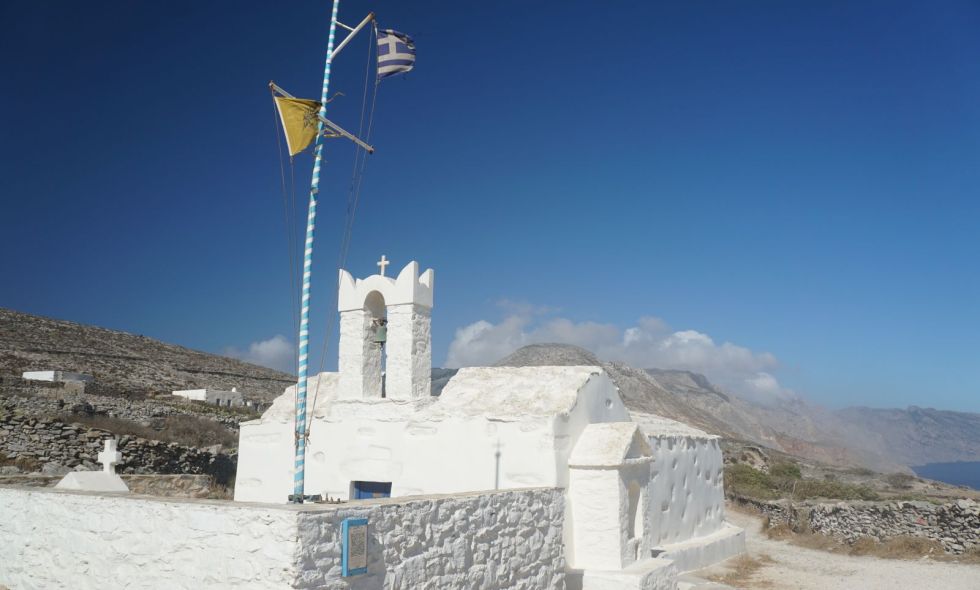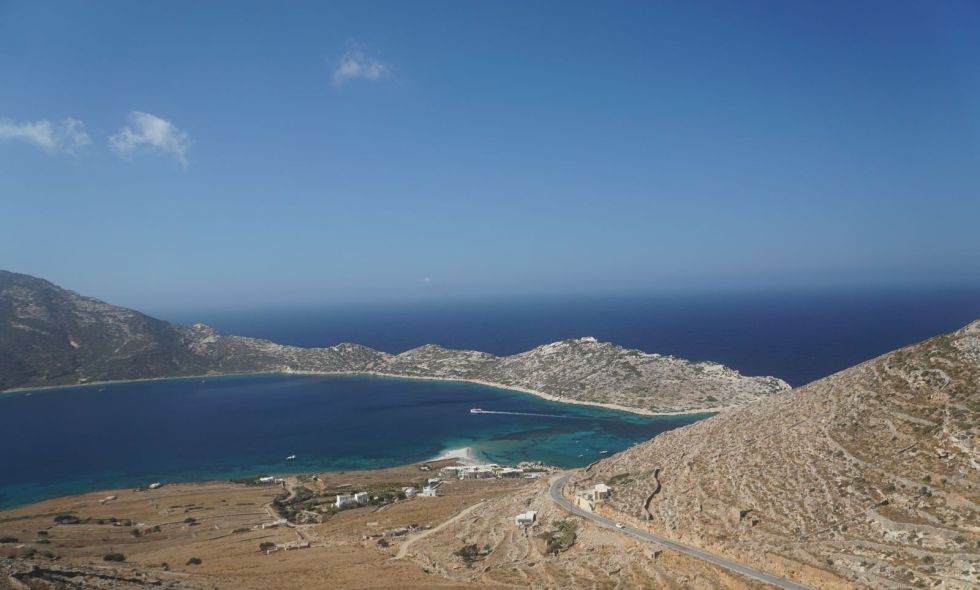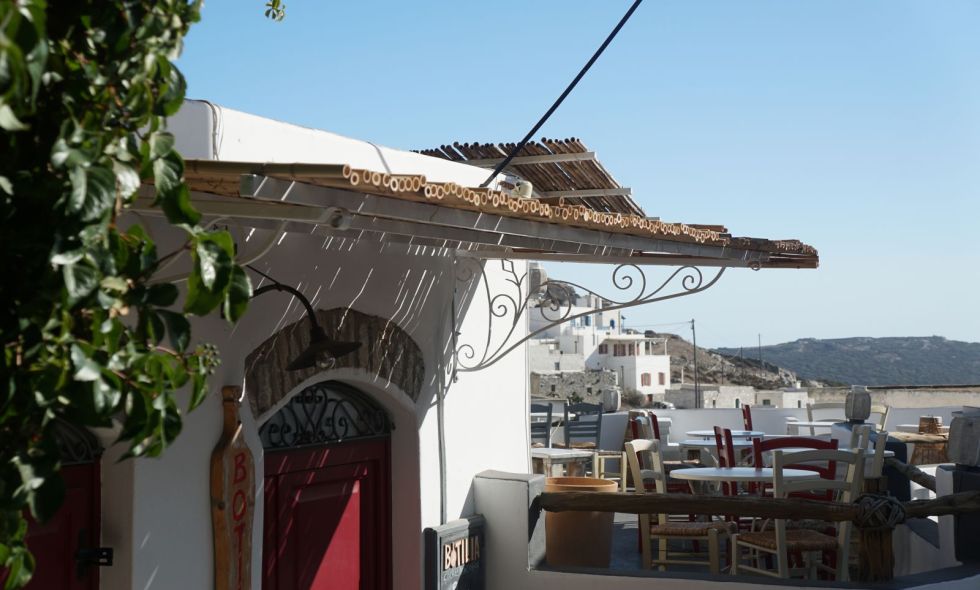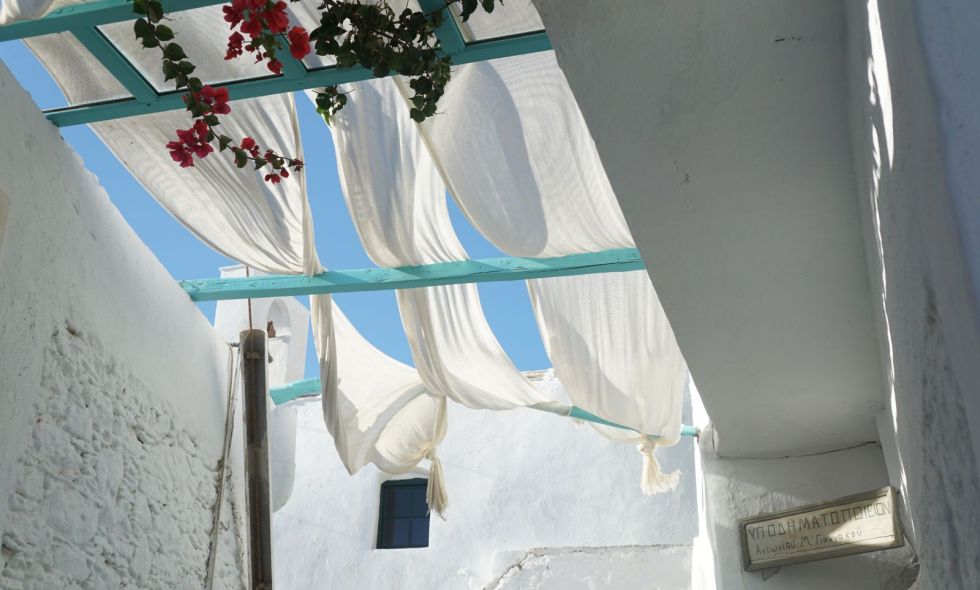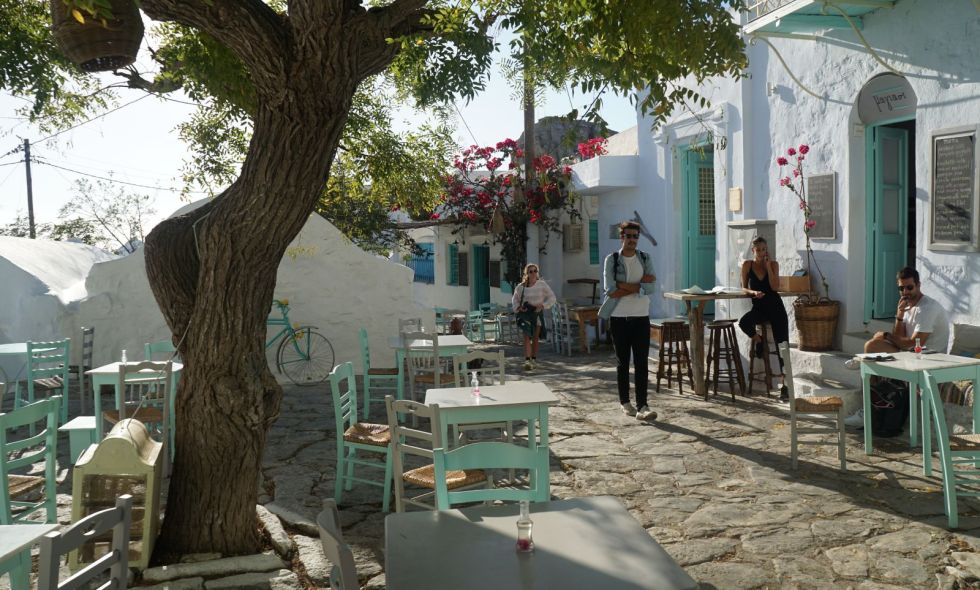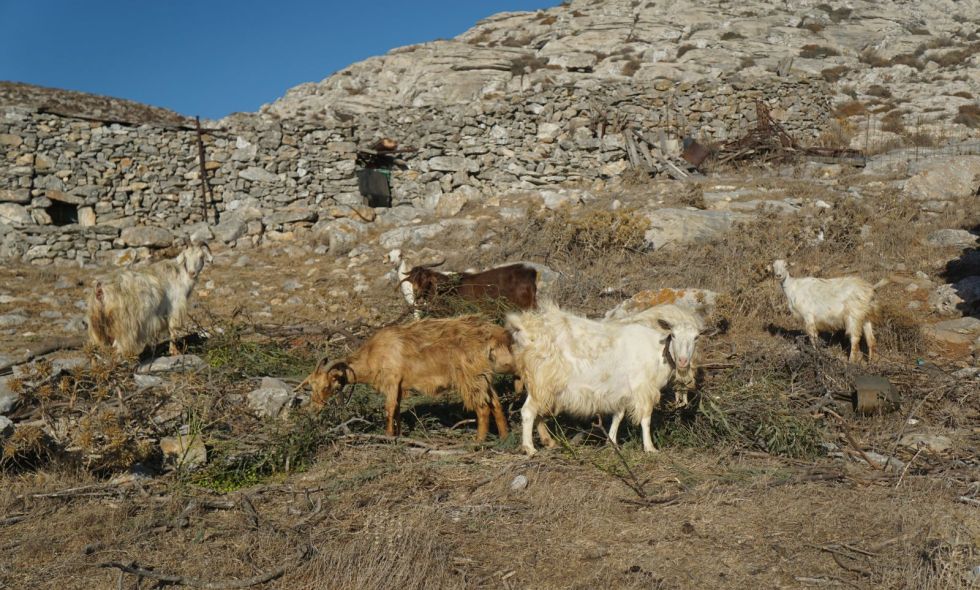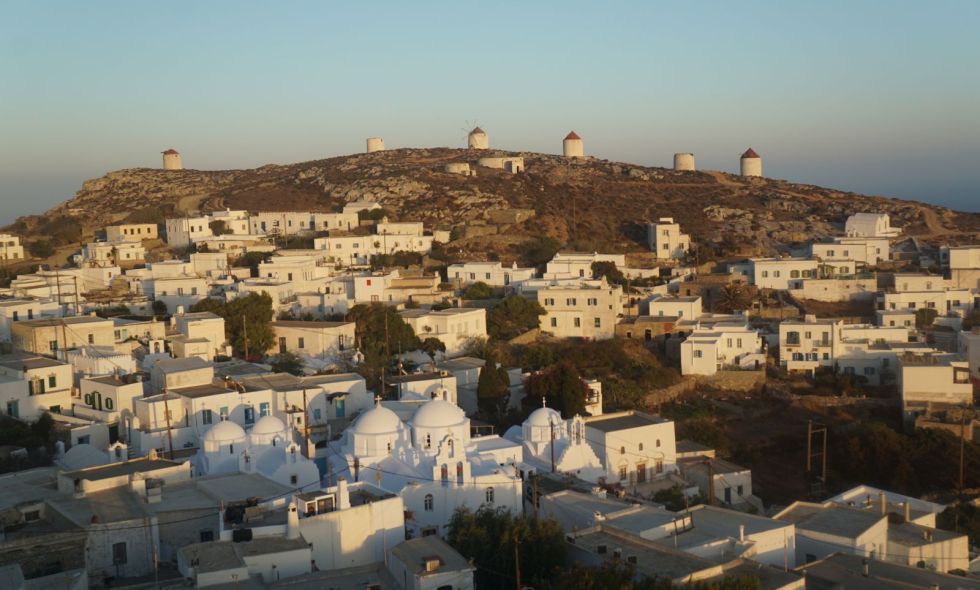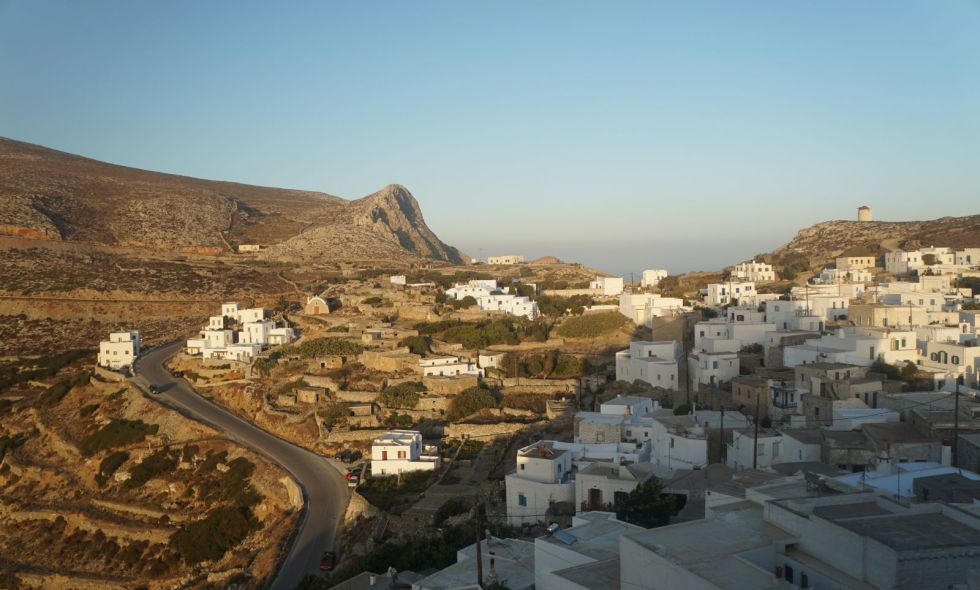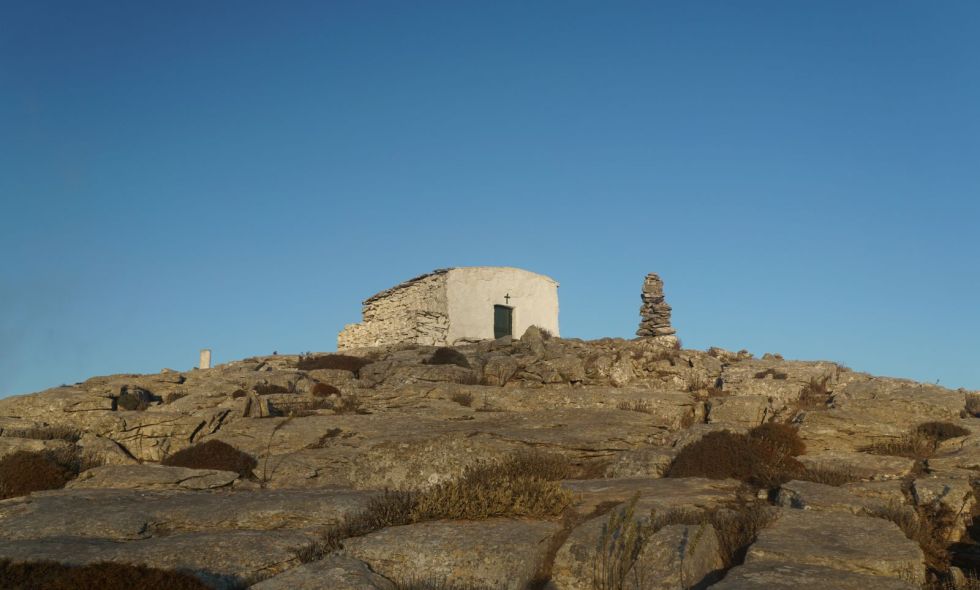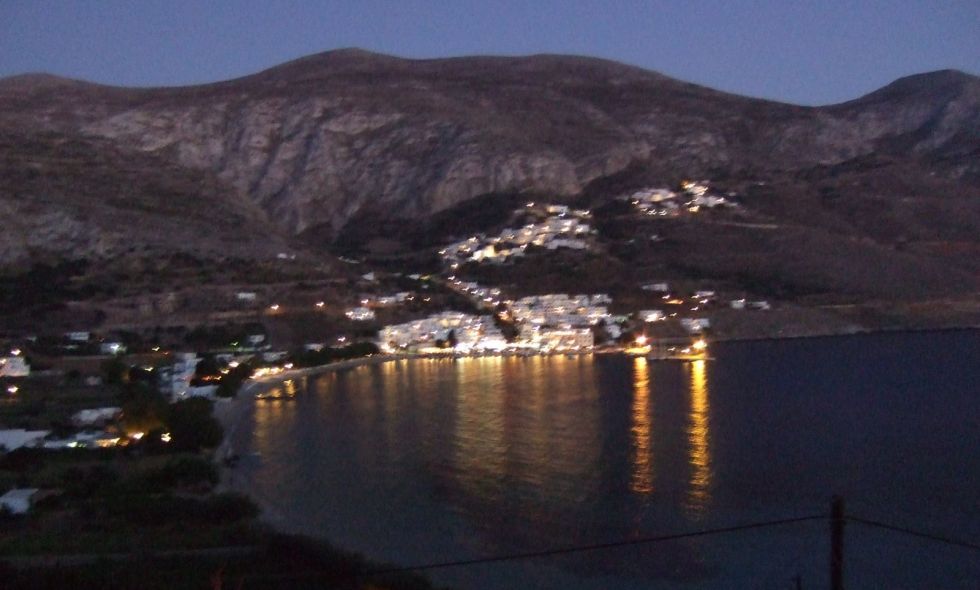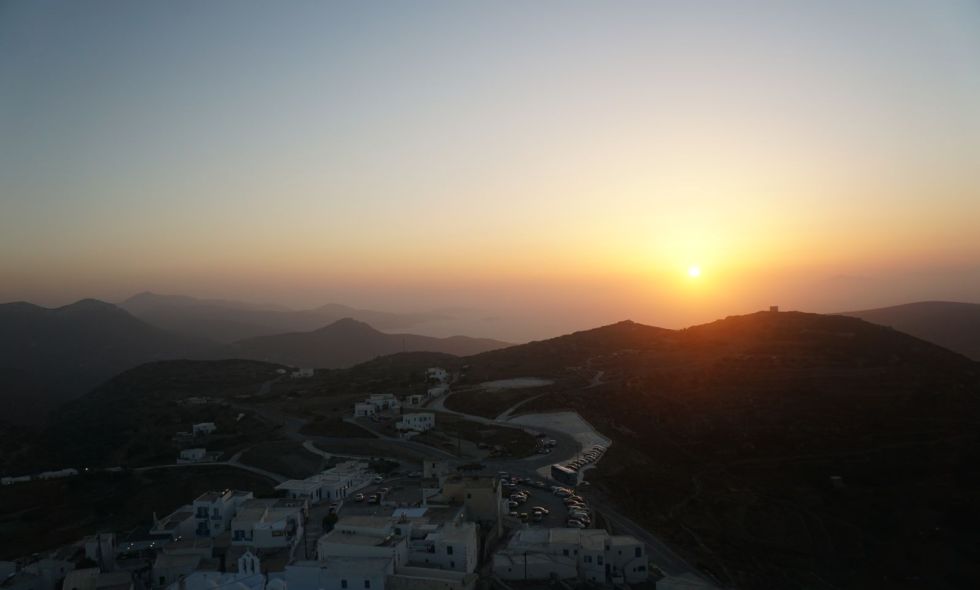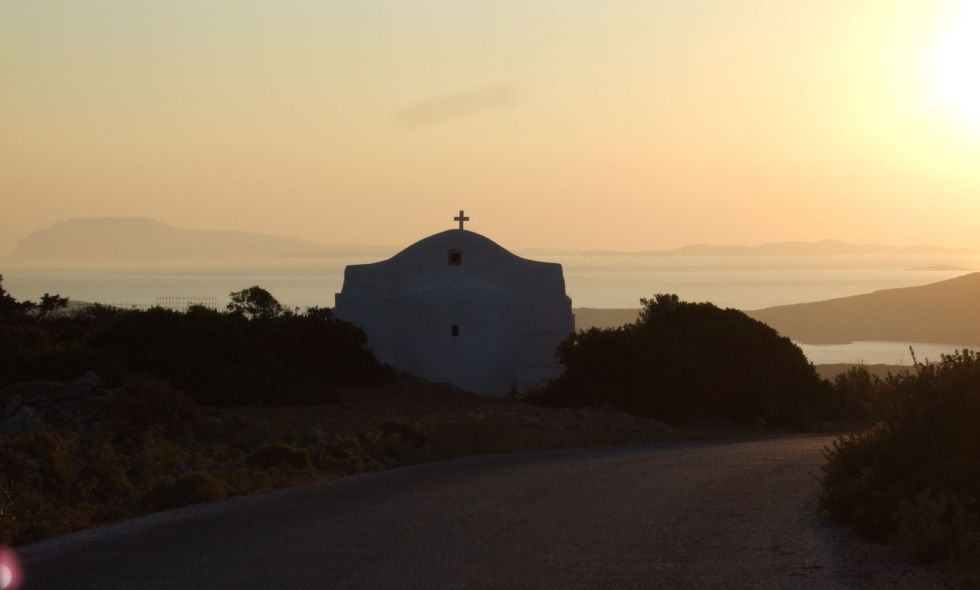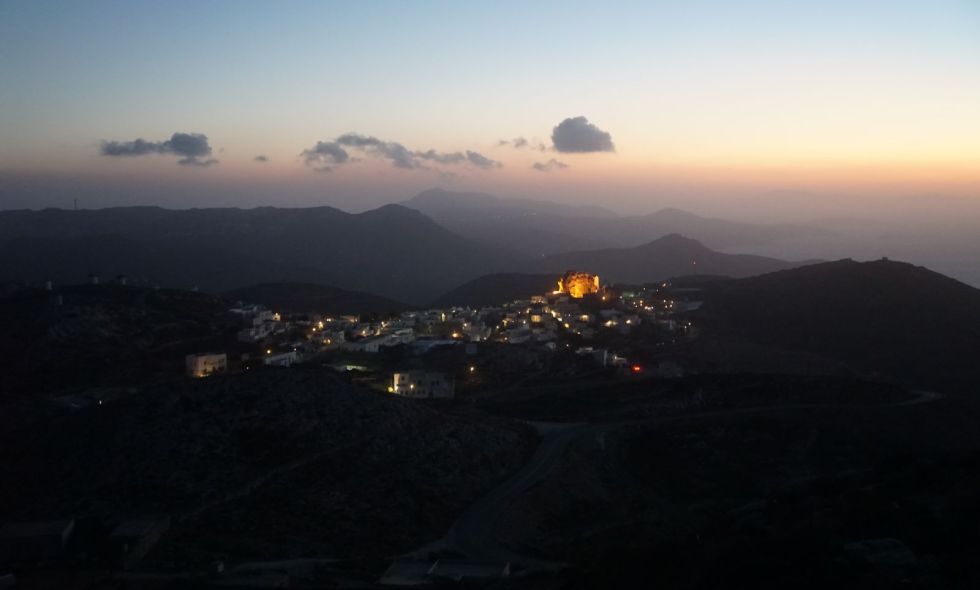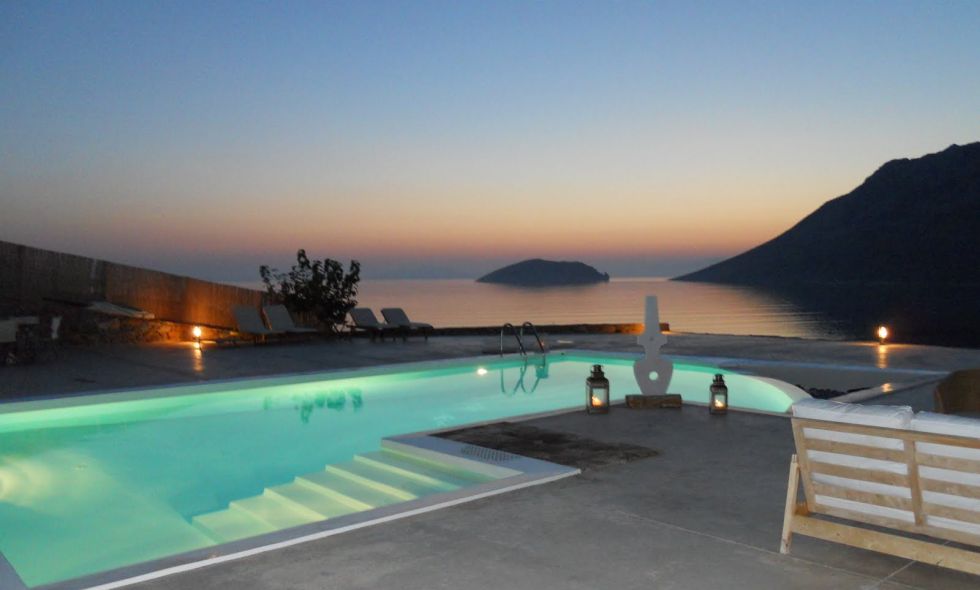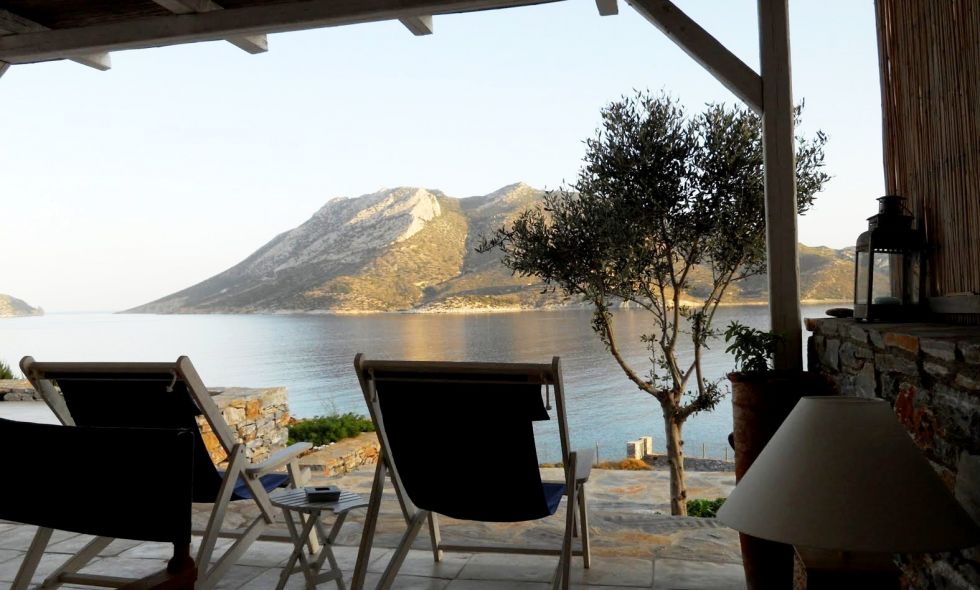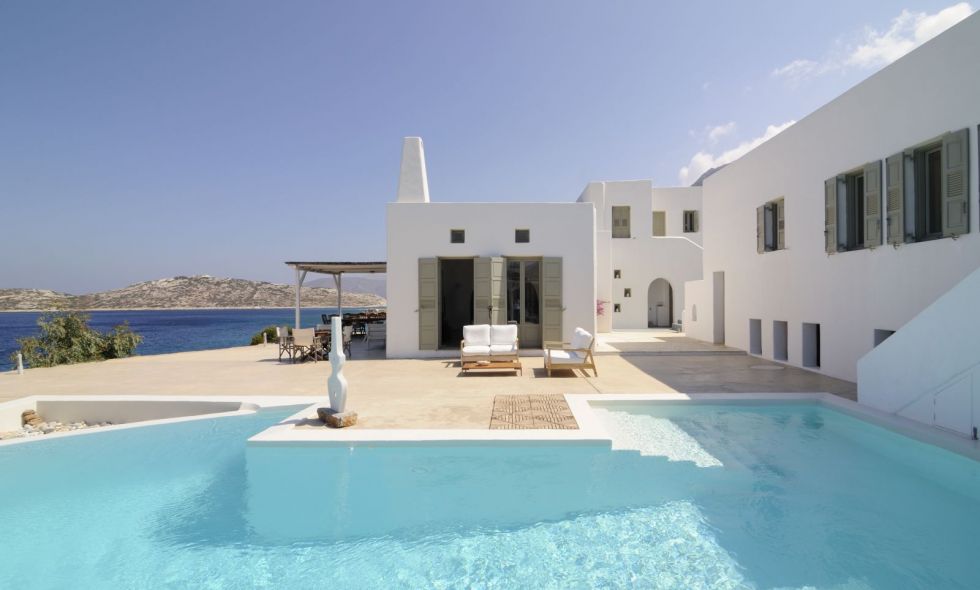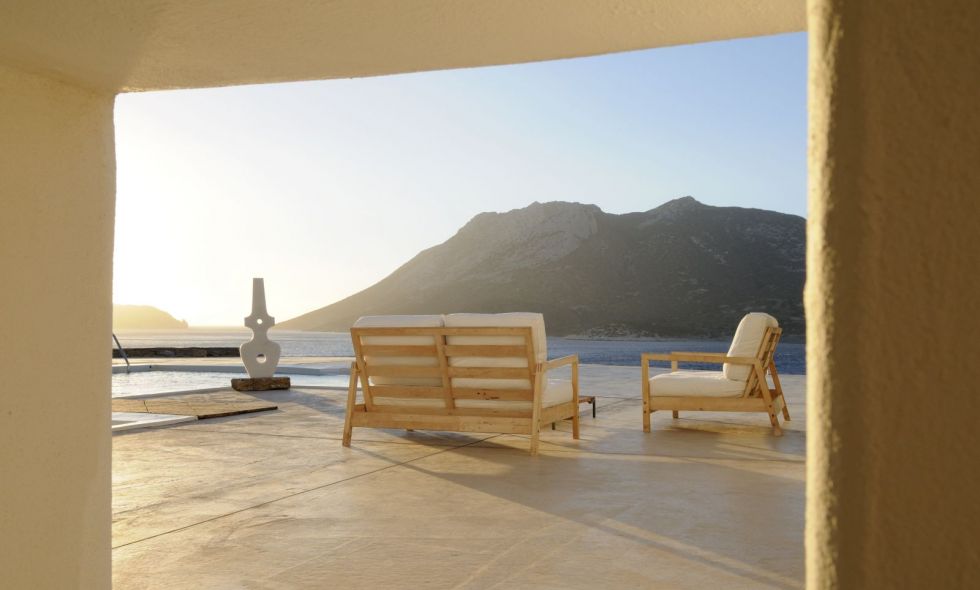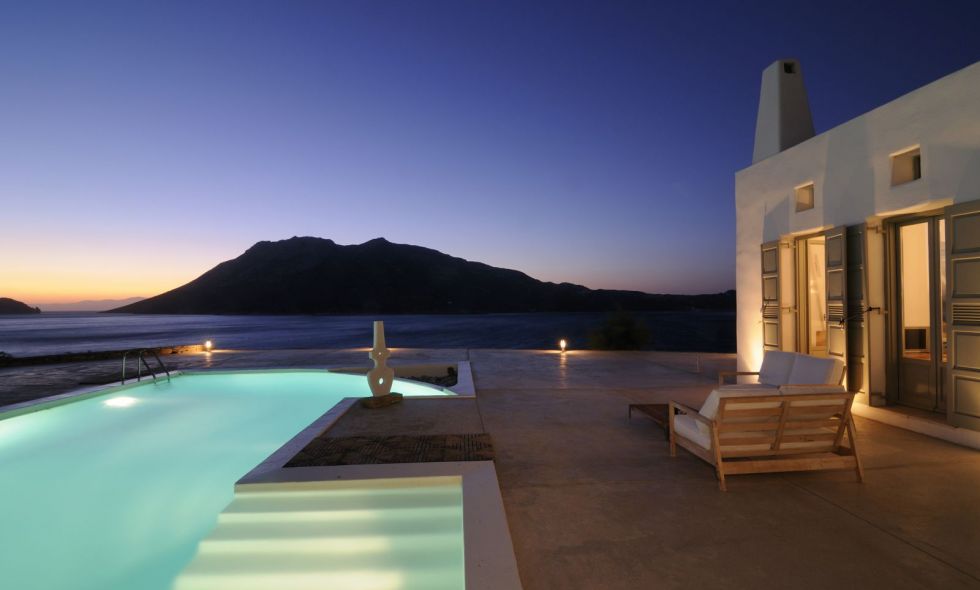Remote, magical, imbued with an innate quality and authenticity, and blessed with the most heartbreakingly beautiful seascapes in Greece, no wonder that Luc Besson’s masterpiece ‘Le Grand Bleu’ was shot here. No wonder that in spite of the distance and lack of modern infrastructure, aficionados of the real Greece make their pilgrimage here year after year.
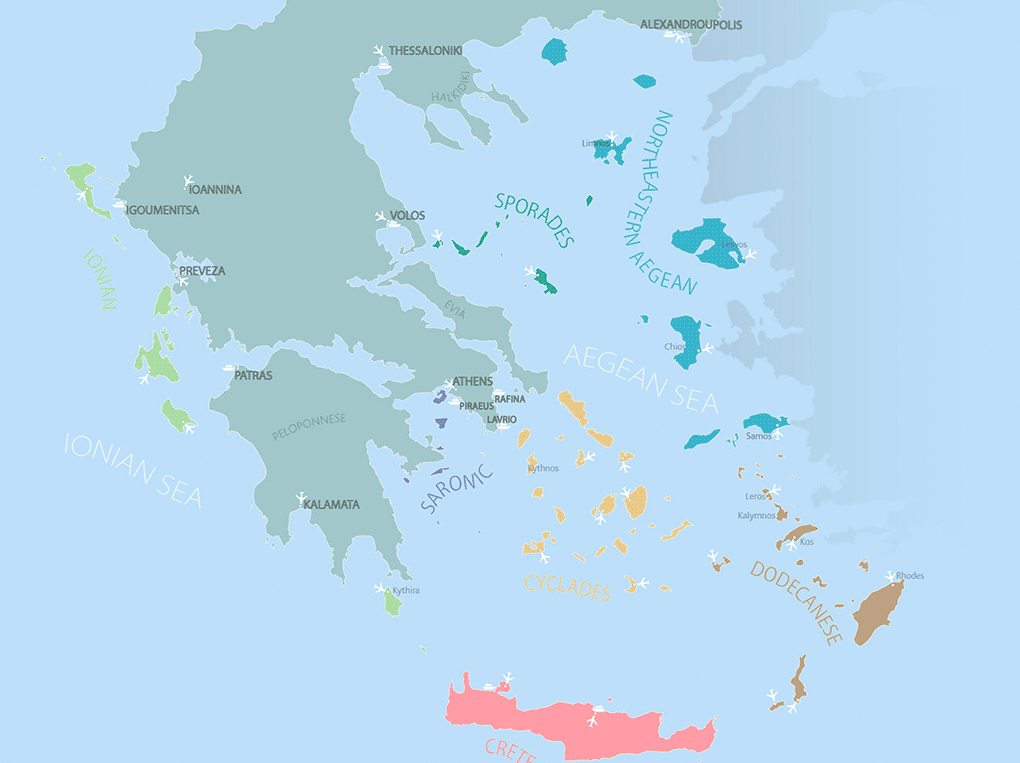
View Map
Amorgos Portrait
BEST PLACES TO STAY IN AMORGOS
We, like so many, are helplessly and hopelessly in love with Amorgos, the most easterly of the Cycladic Islands, so this is going to be a highly-biased description. Lorelei lives and sings and combs her hair from this mystical rock in the middle of the Aegean…
The island is a long, narrow, mountainous mass, splintered with ravines, and ramparted with steep, dramatic cliffs on the eastern side plunging down into the blue below, the azure horizon melting away in the distance. The west coast offers two lovely harbours – Katapola in the south, and Aegiali in the north. The haunting island of Nikouria used to be a leper colony in the 18th and 19th centuries, but is now a deserted beautiful presence floating off the coast of Amorgos.
The southern mountains and coast are pastoral and more gentle, with sheltered sandy beaches and rural villages. The north is wild and stony, criss-crossed with fabulous walking paths, studded with ridiculously picturesque white-washed villages, complete with donkeys, domed churches and crooked lanes. Chora, the hilltop capital can absorb visitors for days with its sugar-cube architecture, windmills and old-fashioned kafeneia, the coffee shops that often double as grocery stores.
Amorgos offers plenty to historians as well – connected to Minoan Crete, some of the most important finds of the 3rd millennium BC were found here, notably the stone figurines now displayed in the Athens Museum of Cycladic Art. In its later history, Amorgos passed from Byzantine to Frankish to Venetian to Turkish hands, becoming an important pirate stronghold under Barbarossa.
Adversity, isolation and a harsh landscape have formed the Amorgian character – honour, dignity, hospitality, respect for tradition and integrity, ever rarer to find, are still the norm here.
BEST FOR
The clearest, bluest water anywhere in the Aegean. Flat, sun-baked rocks for sunbathing and cliff-diving. Pitch-perfect Cycladic architecture that would make Le Corbusier swoon. Traditional villages up in the clouds where life slows to a gentle lull.
WORST FOR
Getting there. The seven-hour ferry journey stops off at many Cycladic islands in a leisurely way, although some see this as a cruise. Poor telecommunications. Strong winds and a limited number of sheltered beaches. No smart shops, restaurants, hotels or clubs.
WOULD SUIT
Noble souls looking for beauty, purity and Old Greece. Those wanting to find thriving island traditions. Foodies – there are orgasmically good meatballs, slow-roast goat, and foraged vegetables cooked by old ladies in black headscarves and served by their daughters in the tavernas. Hikers — the high-altitude paths around Mount Krokellos, Profitis Ilias, and the Monastery of the Hozoviotissa are stunning.
WOULD NOT SUIT
Those with vertigo. Those not wanting to drive anywhere – the various villages beaches and sights are a fair distance apart. Those wanting organized water sports, boat hire, jet-skis, sophisticated nightlife and shopping. Anyone afraid of goats; they’re everywhere. If you need to be able to get to Athens quickly, Amorgos is not the right island for you.
DON’T MISS
The dizzying hike up the cliff face to the spectacular Byzantine Monastery of the Hozoviotissa at dusk (or early morning for beautiful light and fewer crowds). A swim in the magnificent little bay of Aghia Anna, immortalised in ‘The Big Blue’, and snorkelling through the sea caves of Mouros. The lovely mountain villages of Tholaria and Langada with views for miles and charming little café-bars (check out Seladi in Tholaria and Pergalidi in Langada). The evening light on a terrace in wonderful, whitewashed Chora, with its cobbled lanes, beautiful architecture and windmills to explore (Jazzmin bar is the place to be). Sunset from the roof terrace of Kamara, the pinnacle of Potamos village. A mosey around the 4th century BC tower of Agia Triada in Arkesini, followed by lunch of fried eggs, home-made cheese pies and bread baked in the wood-fired oven at Kafeneio o Pyrgos. An evening at Panorama taverna in Tholaria – the only place on the island with no panorama at all – but when the spirit takes him the owner and a couple of musician friends perform Amorgian songs with lute, mandolin, hand clapping and lots of ouzo. Psimeni raki (warm grappa scented with heady spices) is the local drink; enjoy a shot of it late at night, while live music plays and holiday makers dance in the road.
THINGS TO DO IN AMORGOS
Scuba diving is a big thing on the island that inspired ‘The Big Blue’. Try Amorgos Diving in Aigialis or We Shall Sea in Katapola.
Hiking through heartstoppingly gorgeous landscapes. The rocky, semi-ruined village of Asfondylitis, with its primitive wall paintings and abandoned threshing floors, is the most unlikely location for a taverna; there’s no electricity at Sofia’s shack, but everything that comes out of her wood-fired oven is delicious. A challenging path from Asfondylitis descends to the divine swimming hole of Halara.
From Kalotaritissa, a boat sails to Gramvoussa, a tiny, rocky island with a beautiful beach and the cleanest waters in the Cyclades. The beach is deserted, so take suntan lotion, an umbrella, water, and fruit (preferably from To Perivoli, a delightful organic farm and plant nursery in Katapola).
From Katapola, set sail to Maltezi, a small sandy beach with deckchairs and a picturesque bar that serves frappe and juices. Light a candle at Ayios Giorgios Valsamitis, a 16th century convent immaculately tended by a solitary nun, sister Irene.
Buy hand-painted icons, thyme honey, and bee pollen creams from Amorgiano in Langada.
HIGH SEASON
Even Amorgos gets touristy in August, but the locals keep their cool and the tourists tend to be well-mannered, well-dressed French and Italians who appreciate the simple, quiet life that Amorgos offers. The meltemi blows strongly and keeps temperatures down, but it can be hard to find a sheltered place to swim.
LOW SEASON
Rural life continues even when the tourist shops close down, and the Amorgians lead a genuine life that they readily share with off-season visitors. Glassy, calm waters reveal another side to Amorgos that the summer pilgrims usually miss.
We do not show villa details on our site to protect the exclusivity of our owners’ properties. We offer a unique personal service to locate the perfect villa or yacht for you – to see villa details and get our expert guidance and insight please get in touch.
Our Villas in Amorgos
Read about our villasLike the other Cycladic islands, houses on Amorgos are whitewashed and cubic- unlike the other Cycladic islands, there is a real shortage of good rental villas here! Book this one early...

